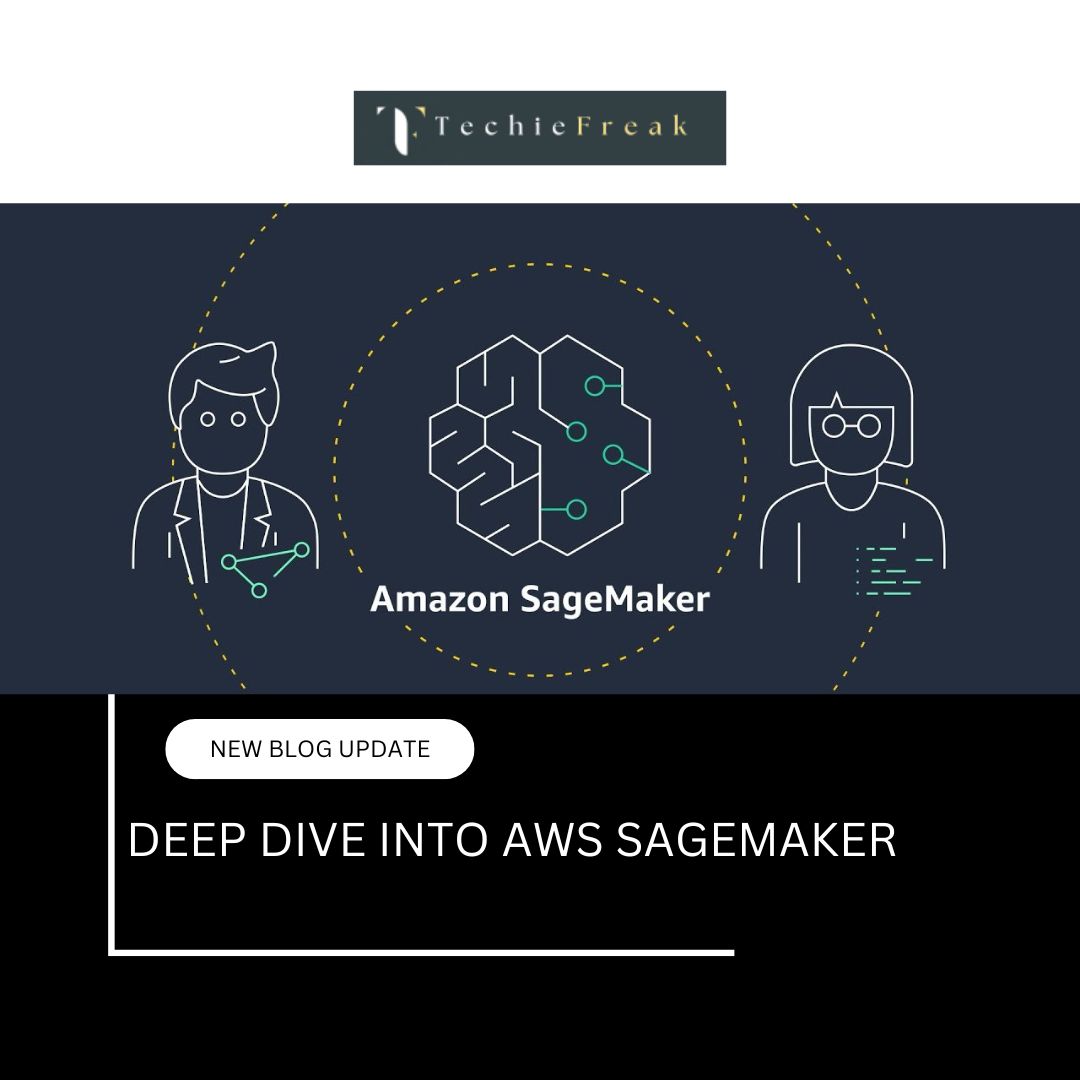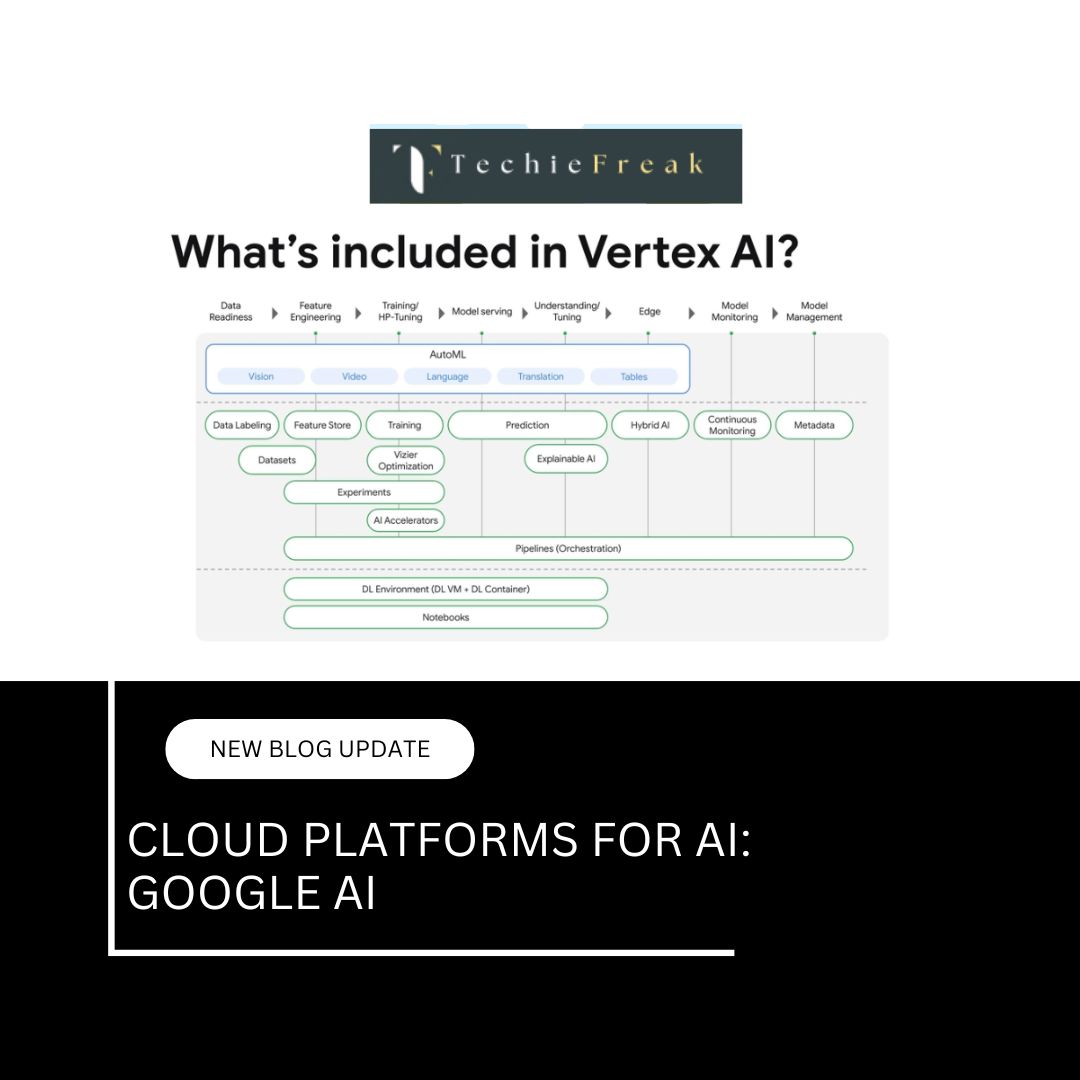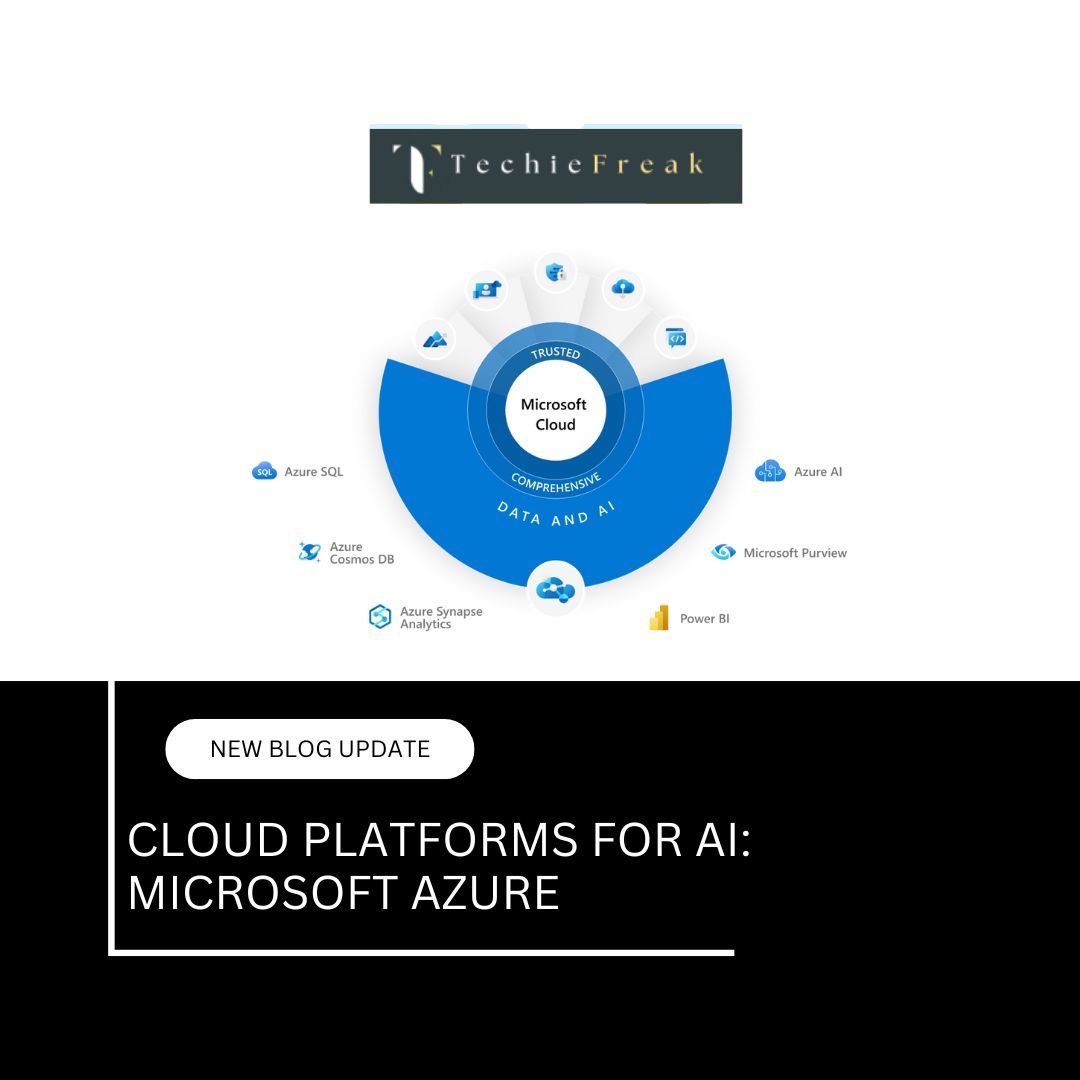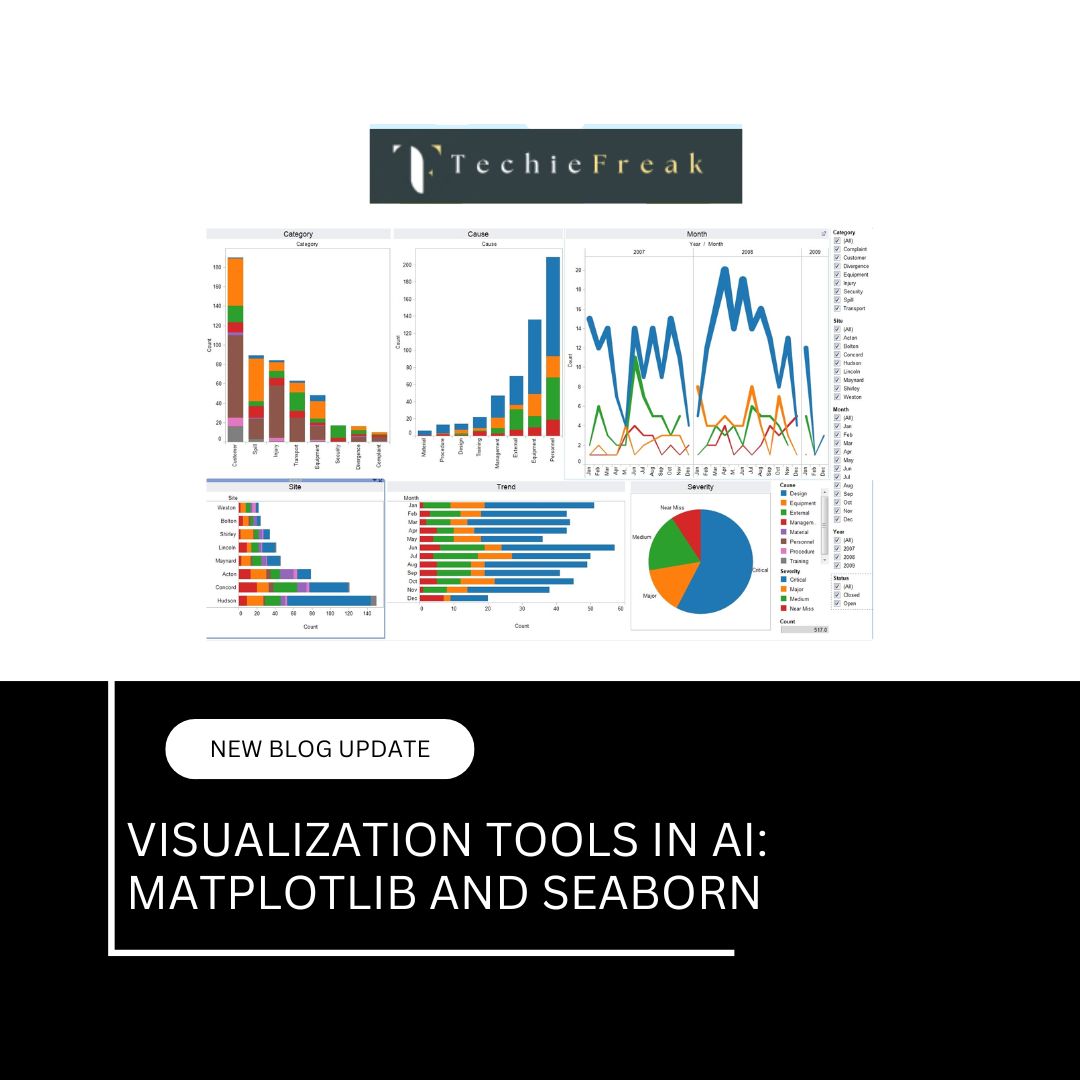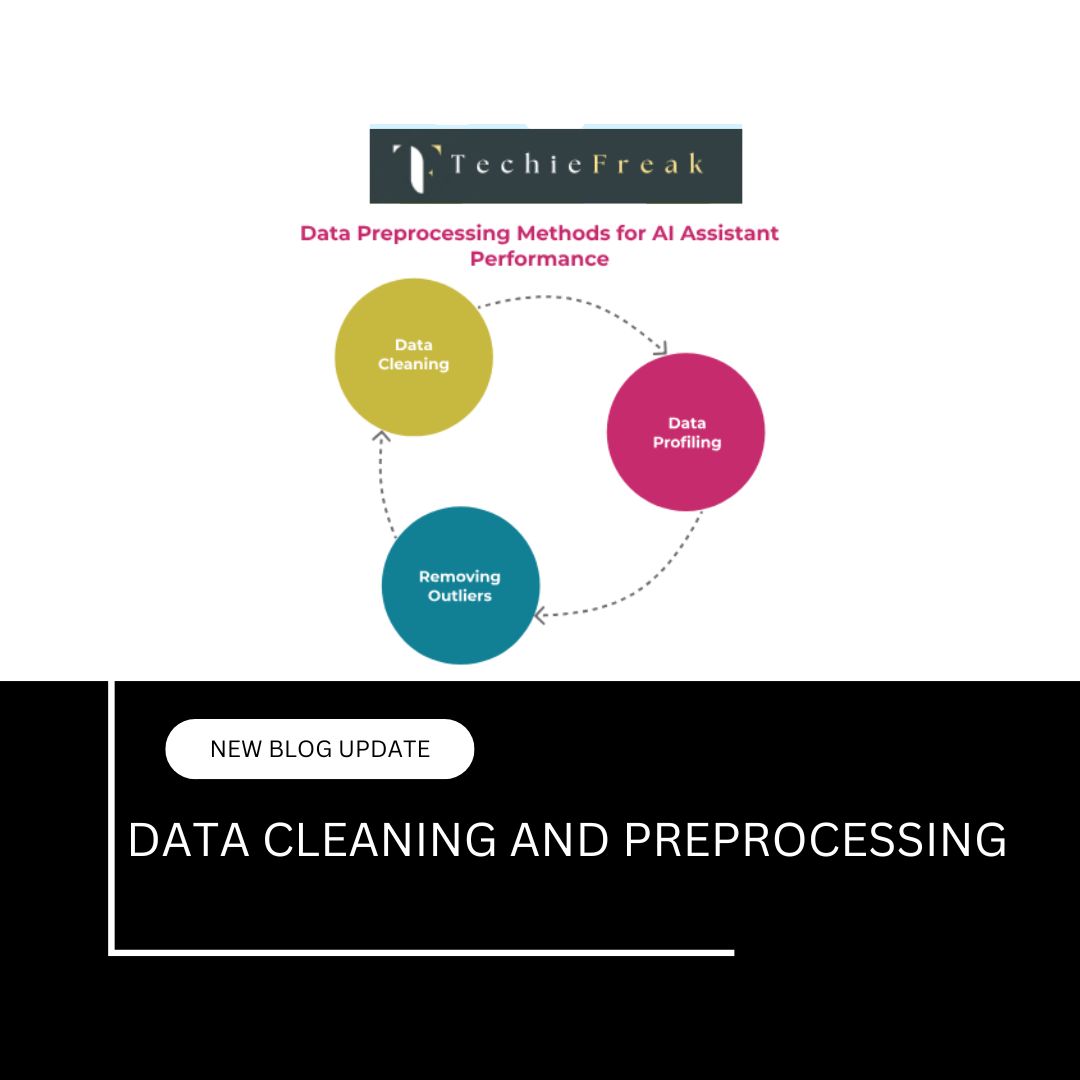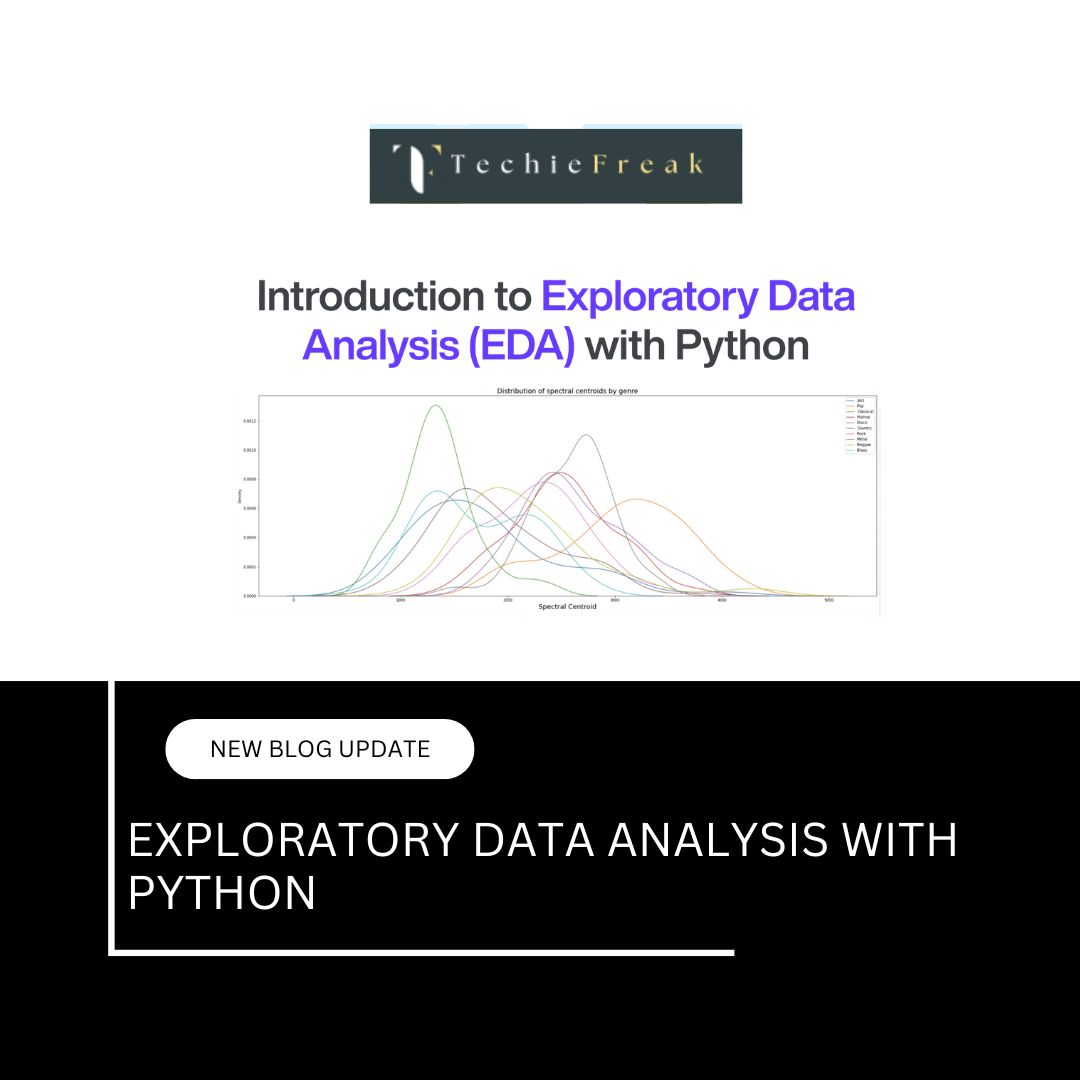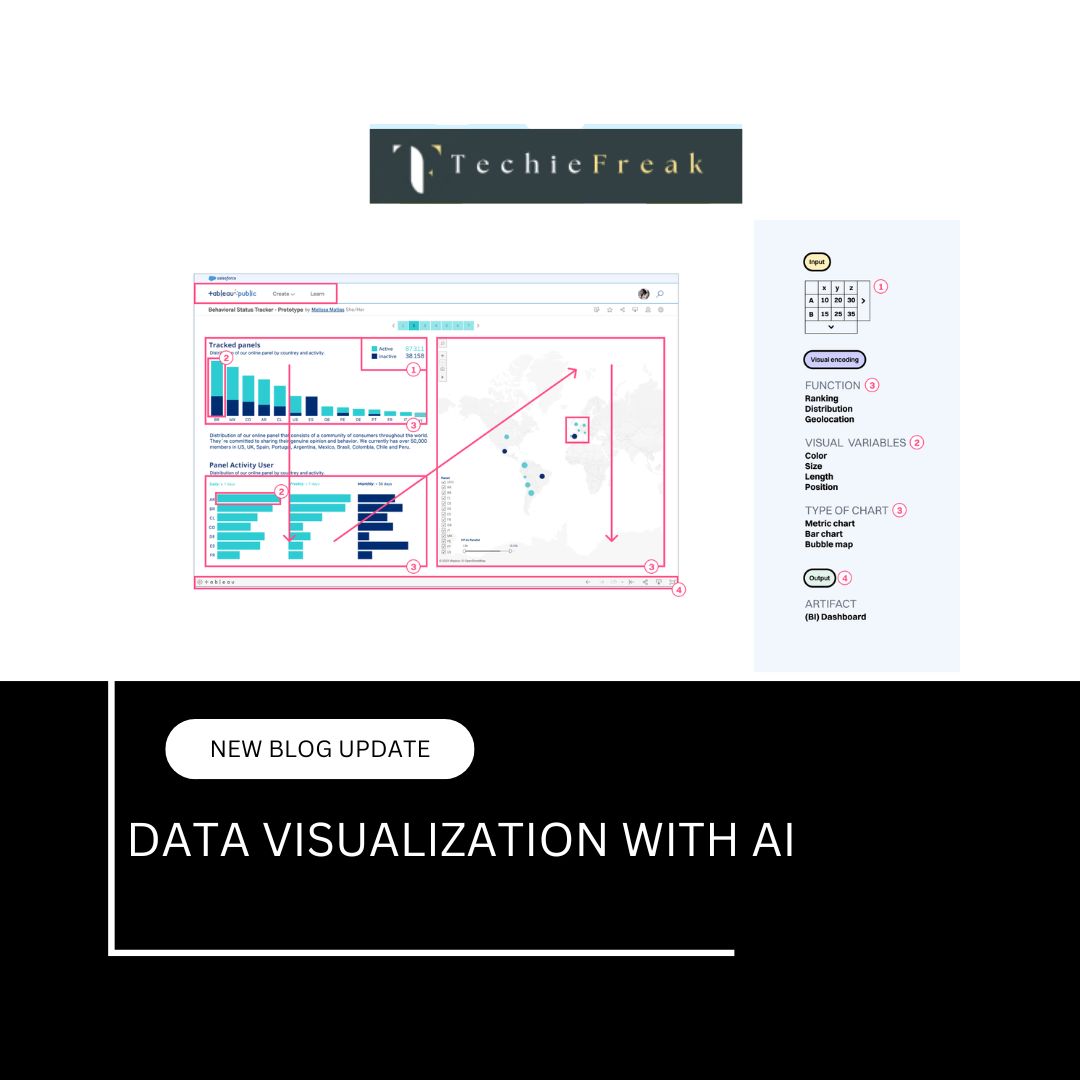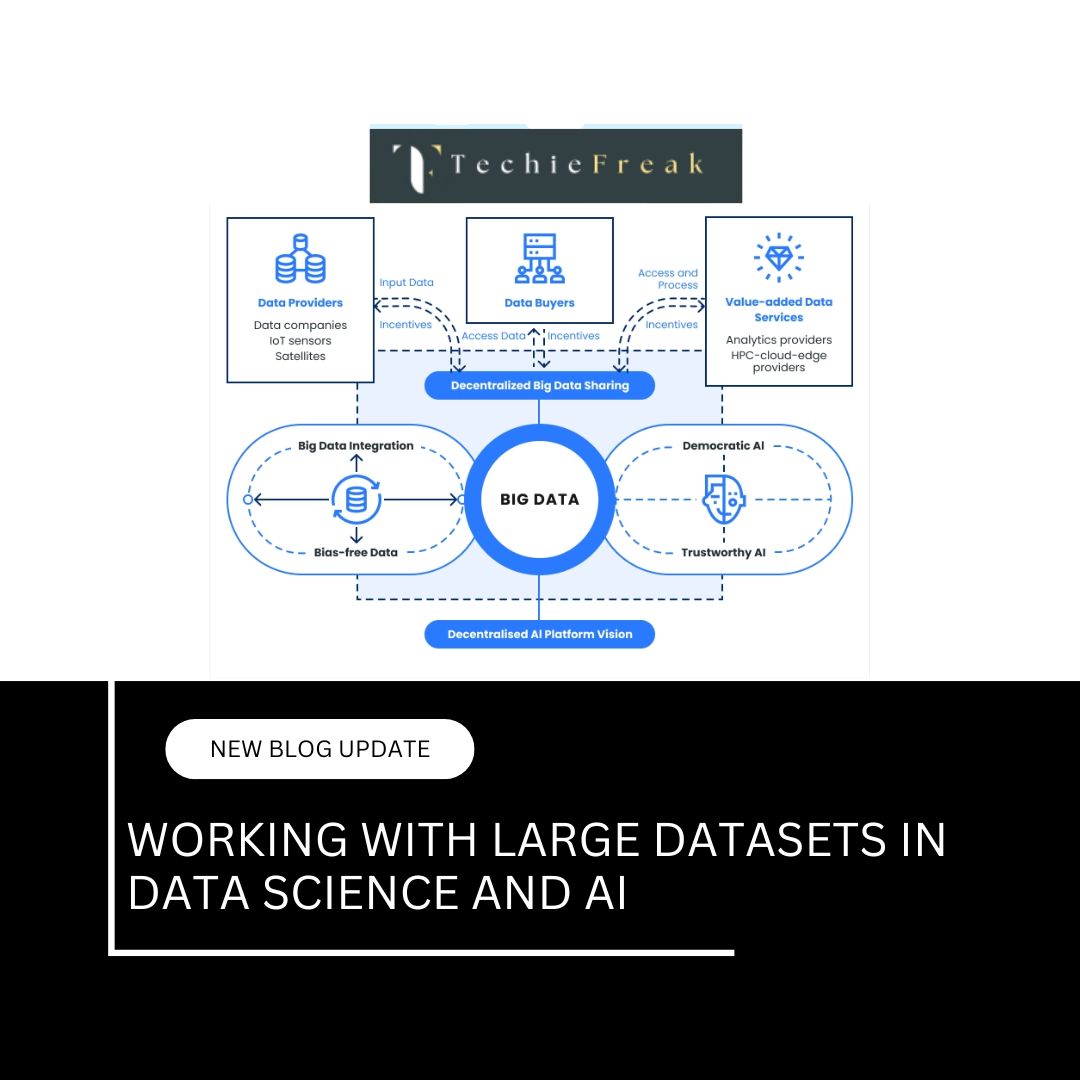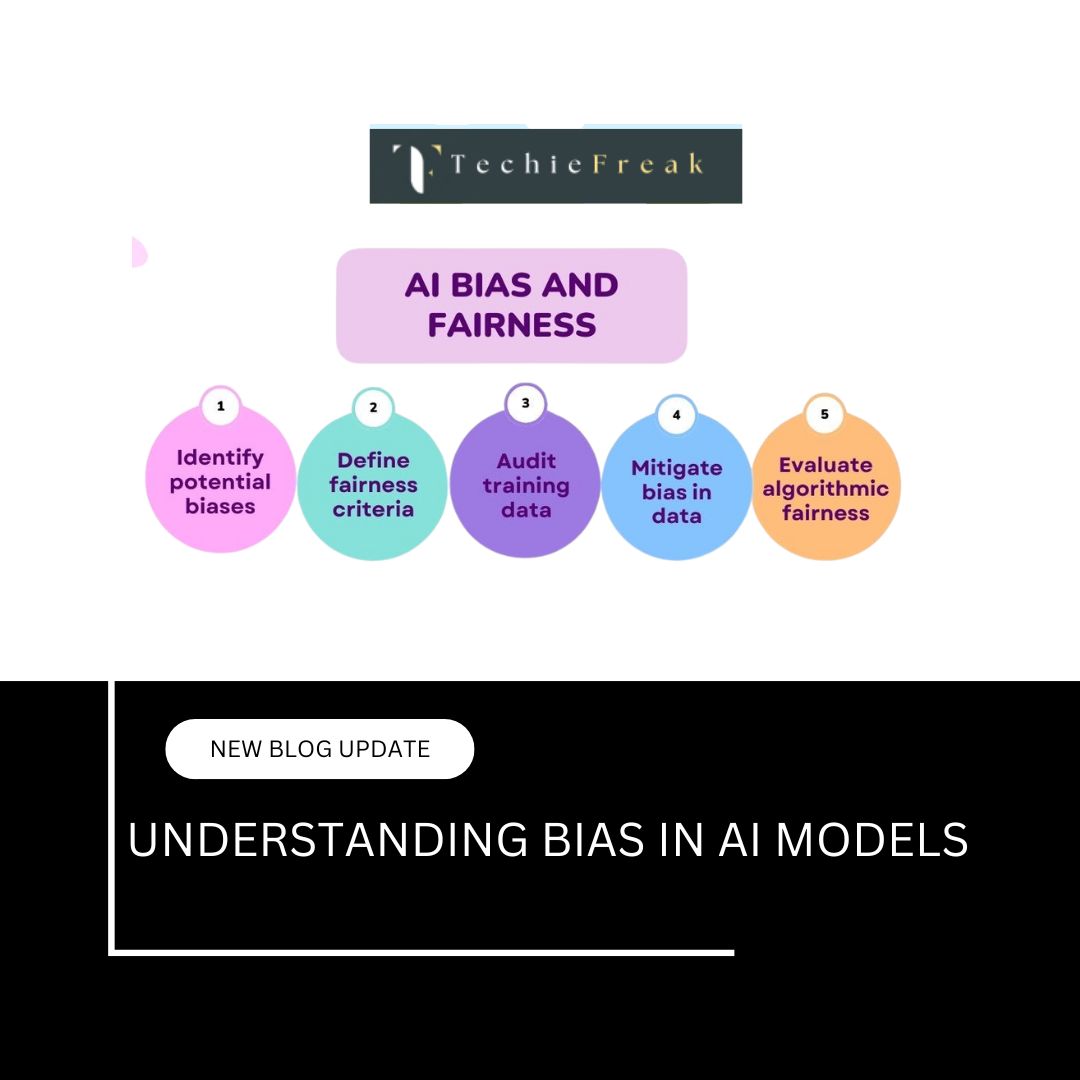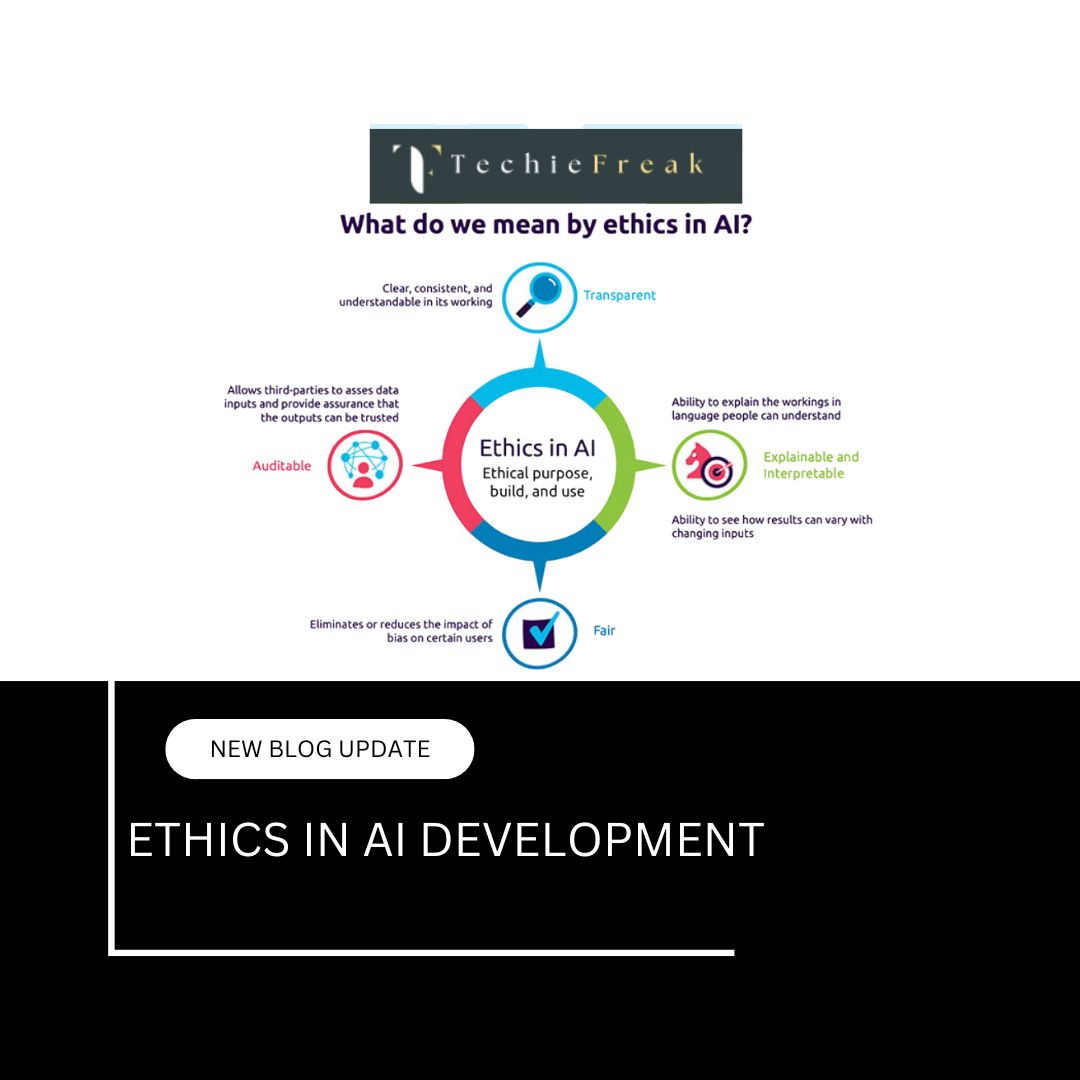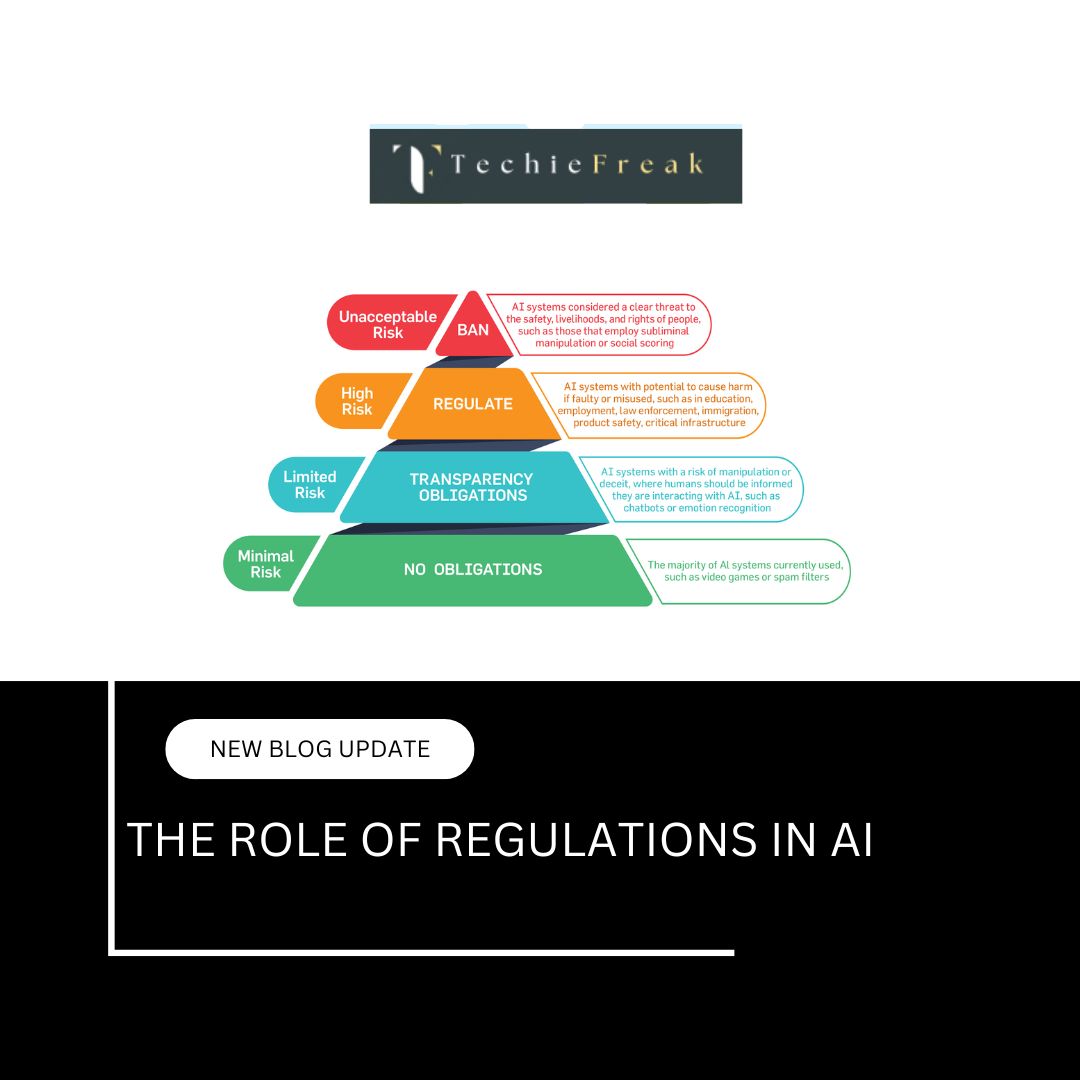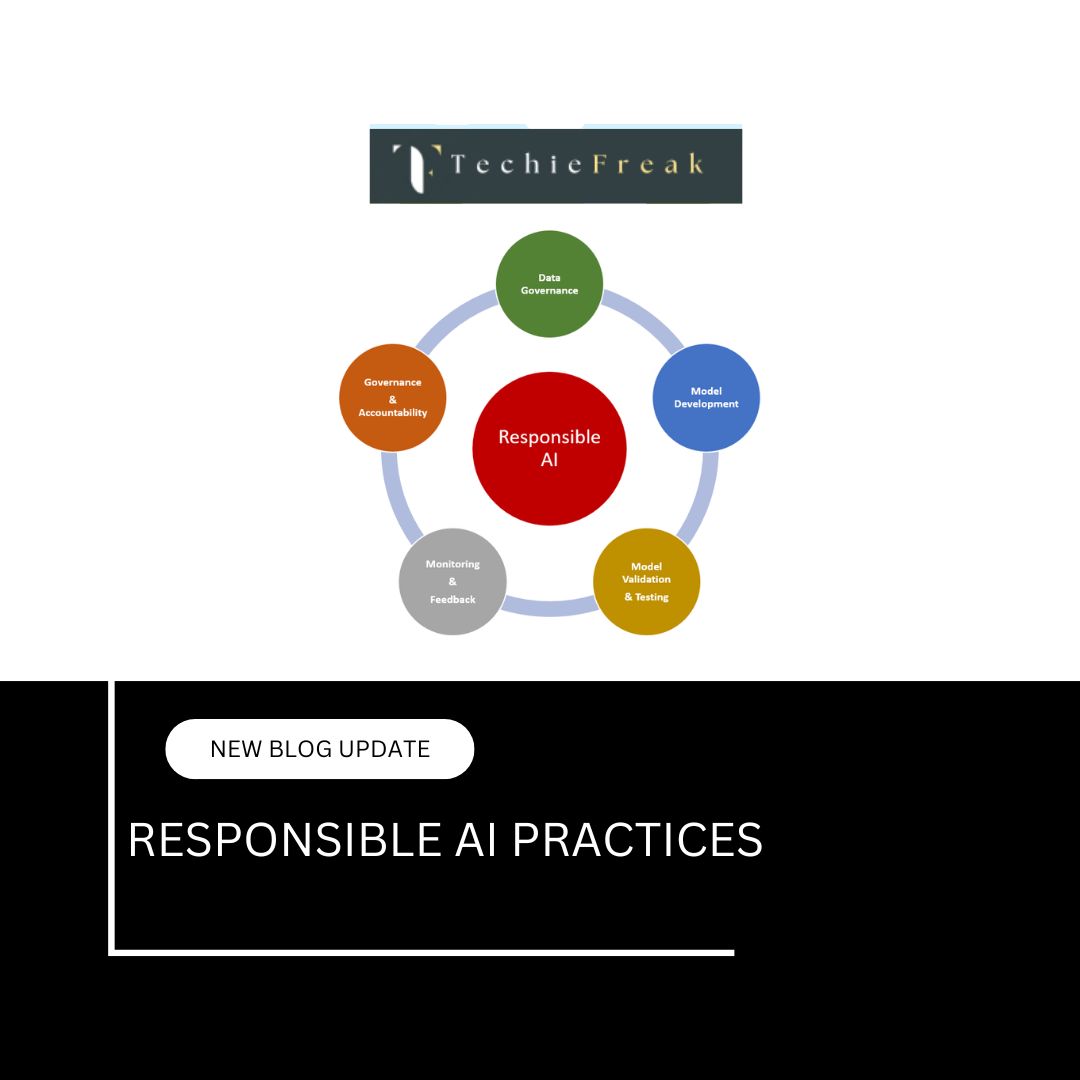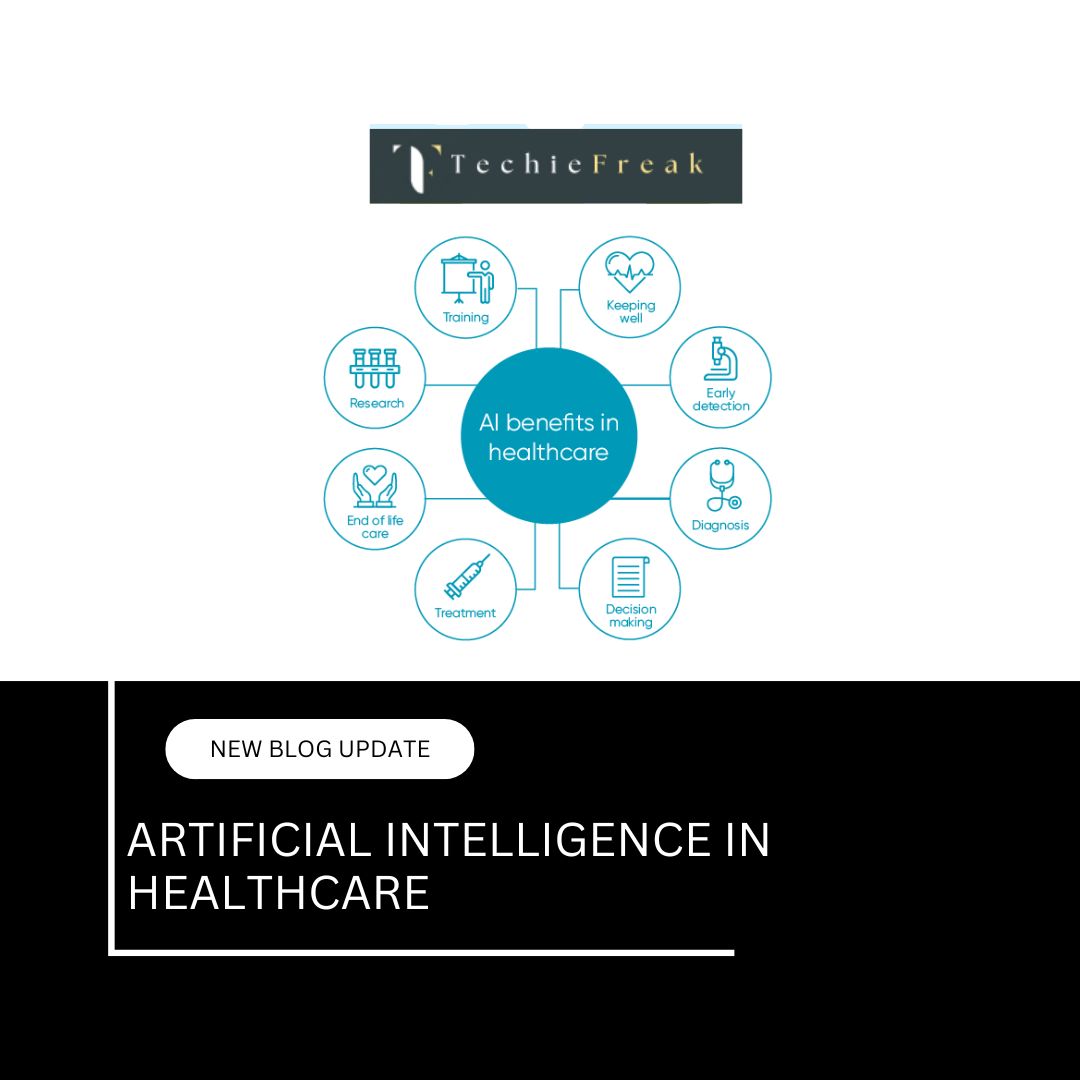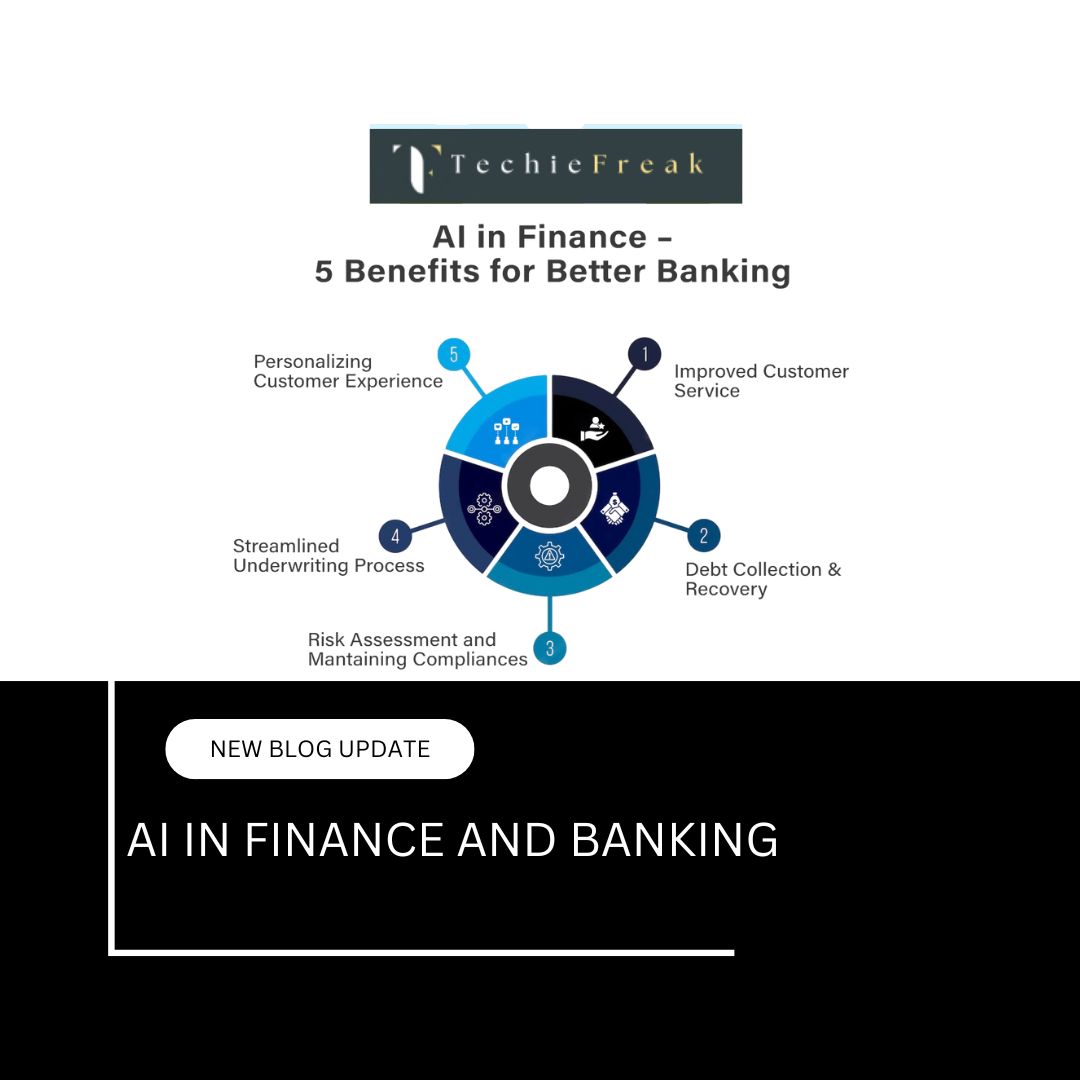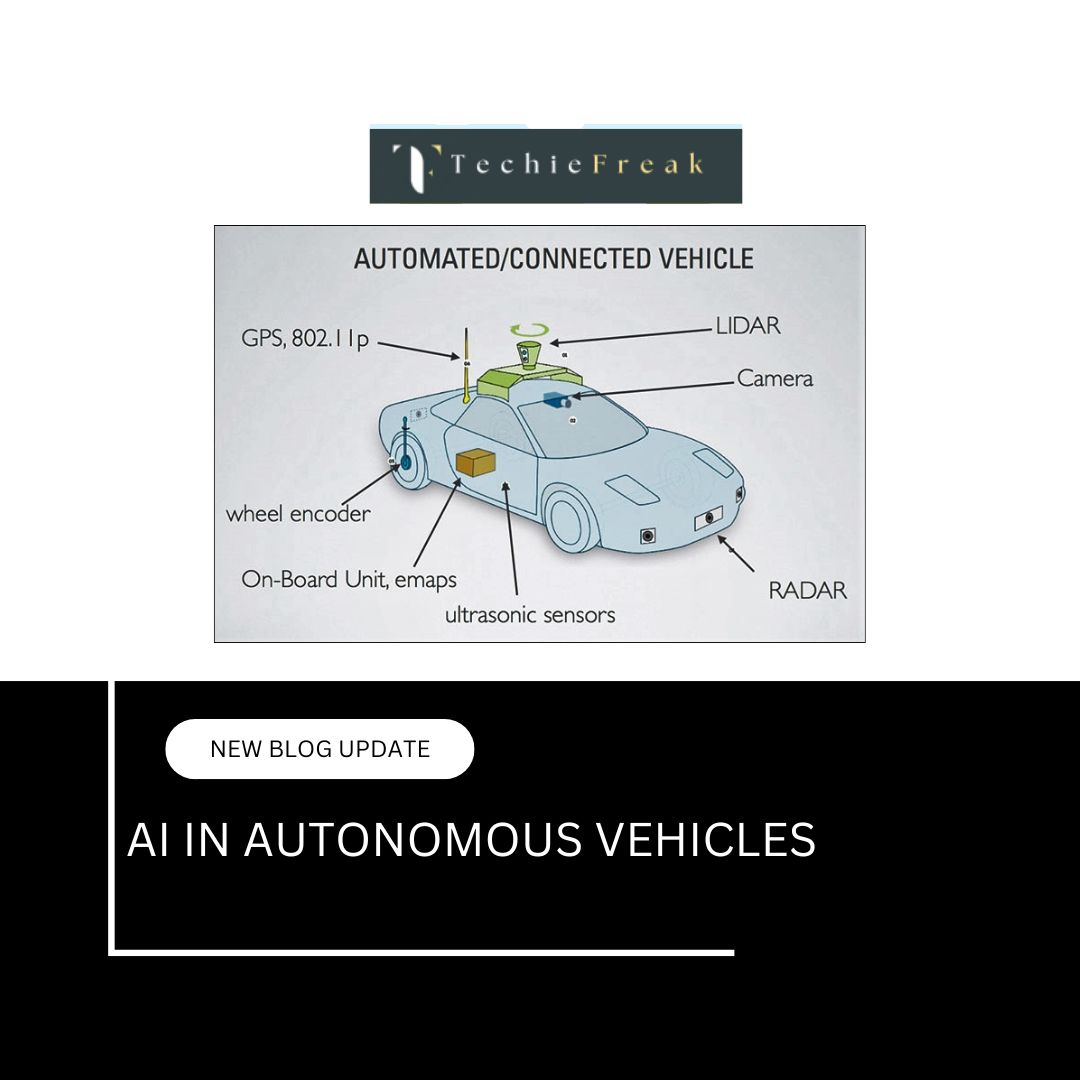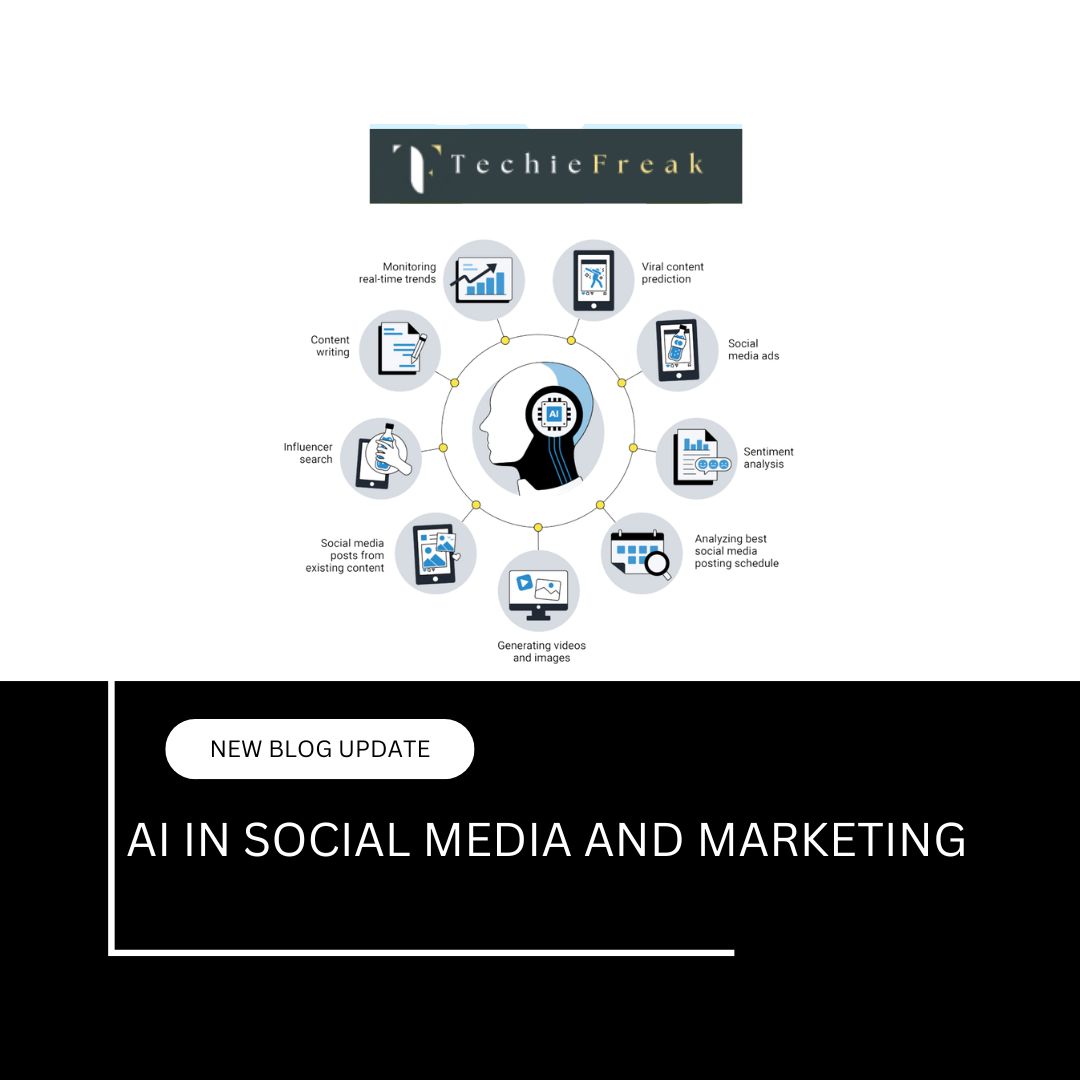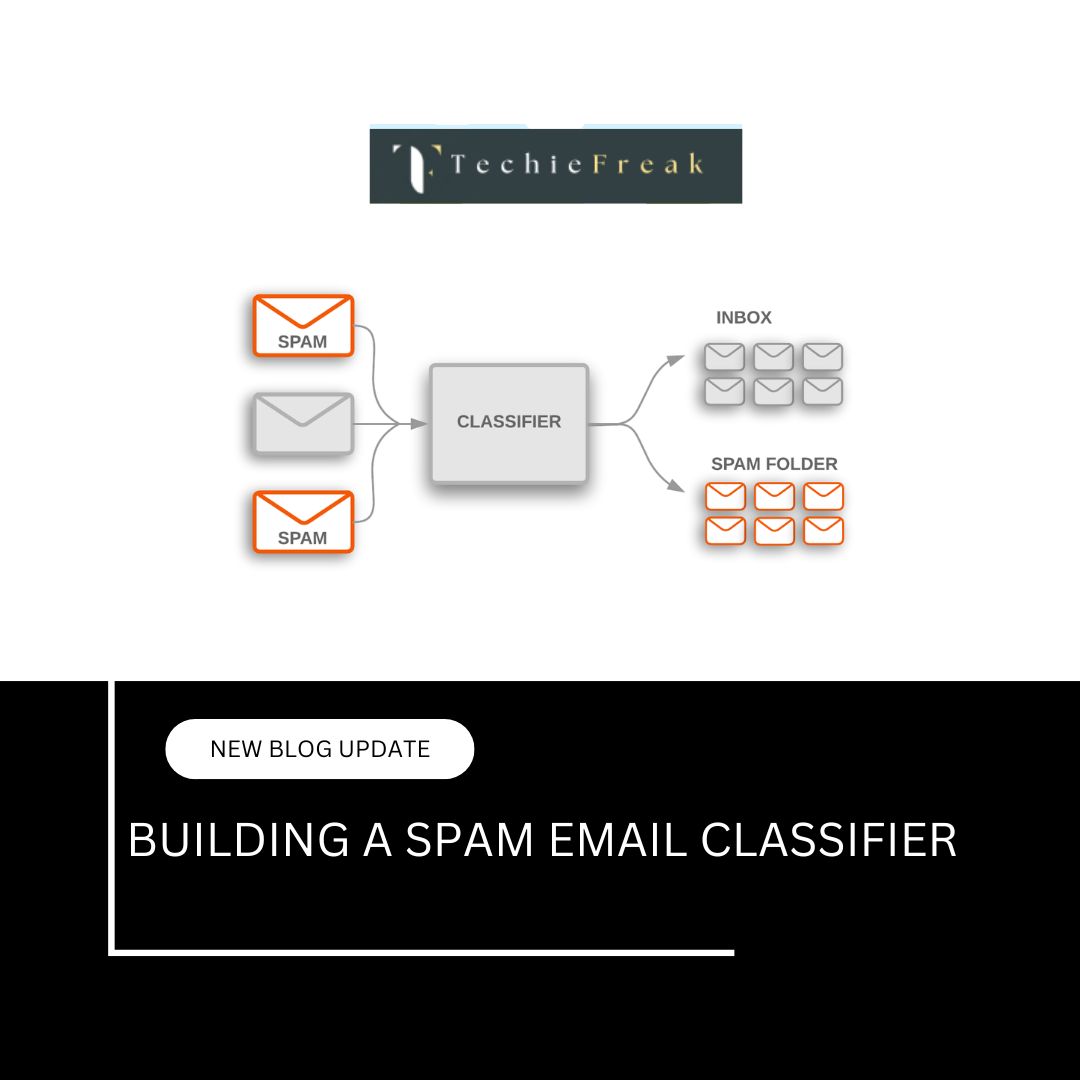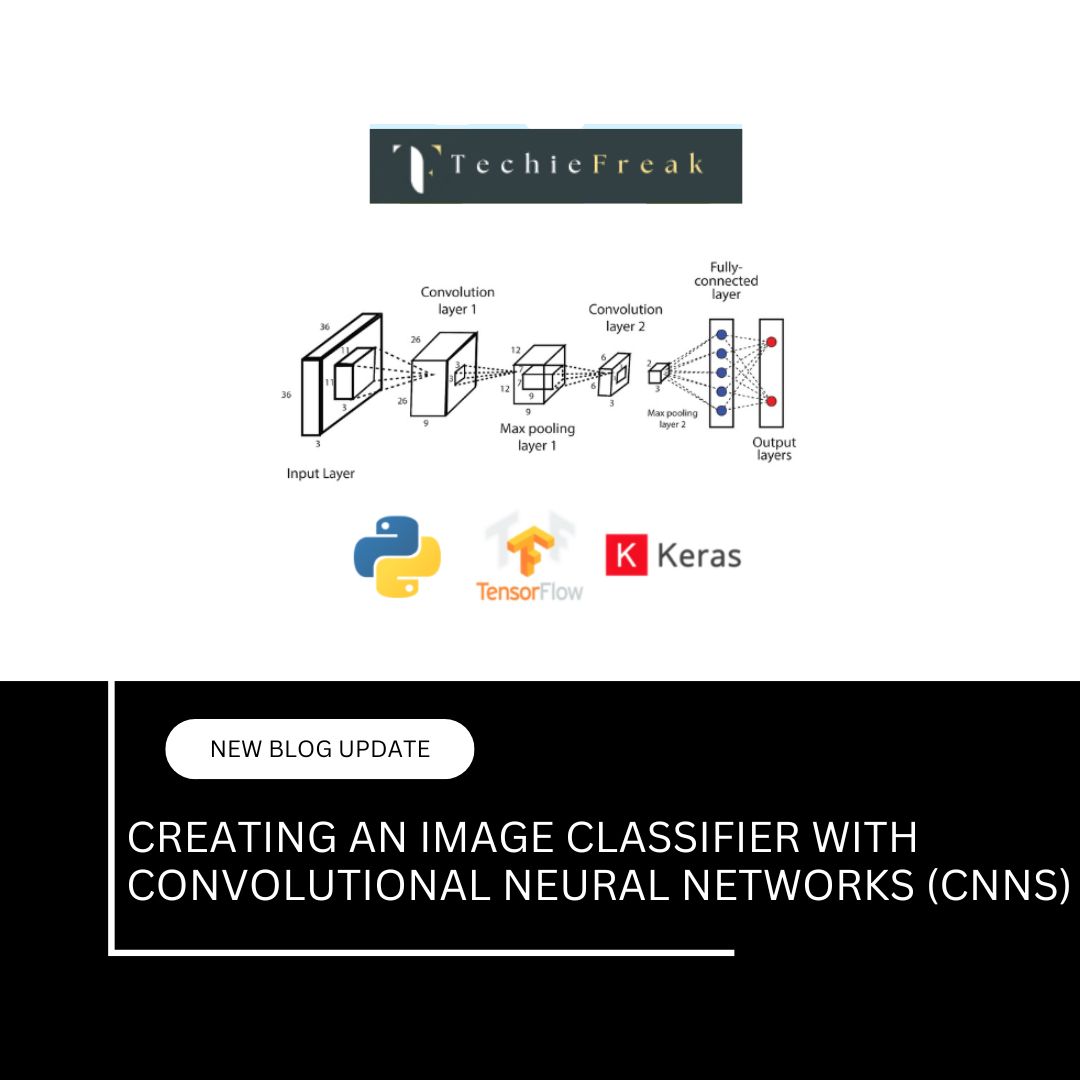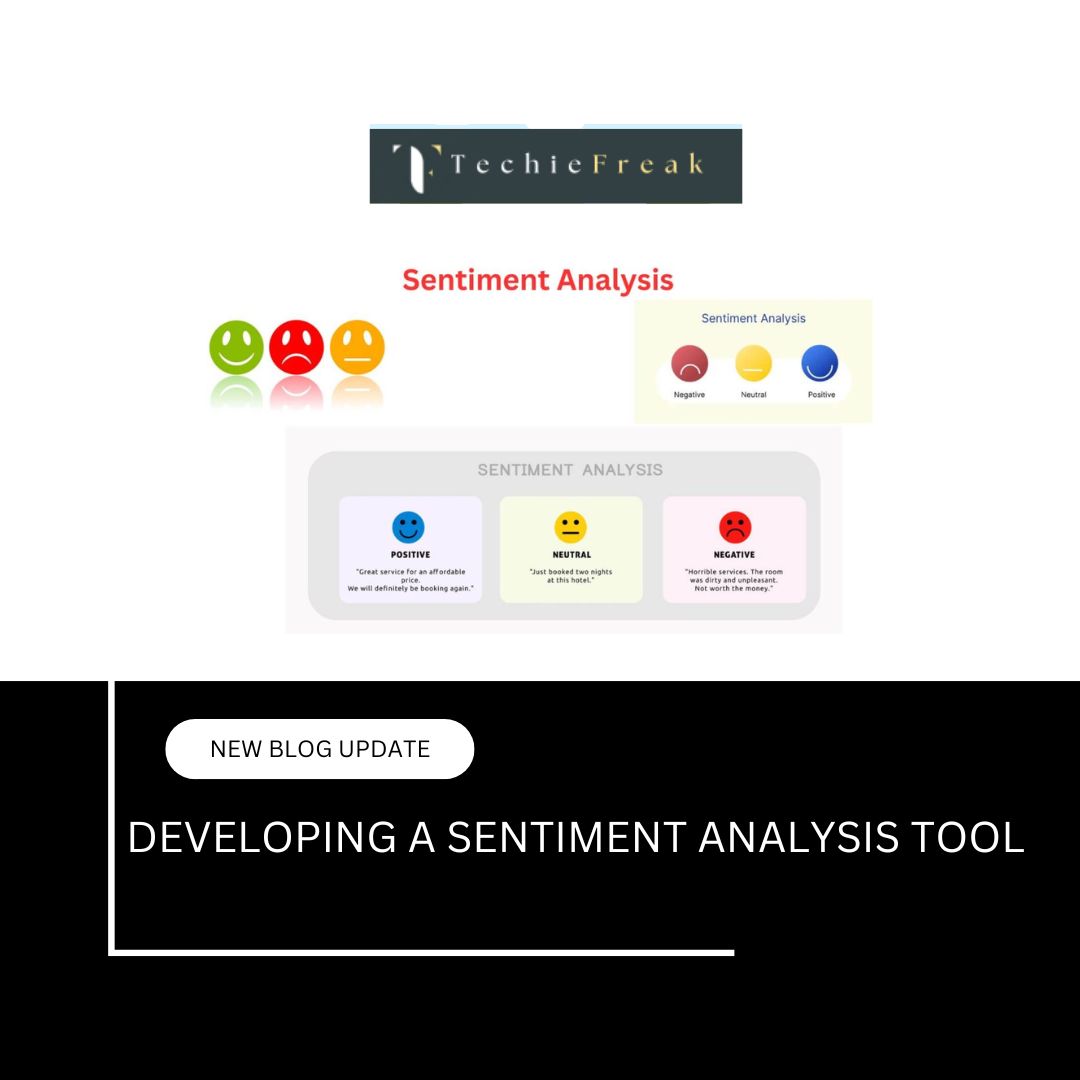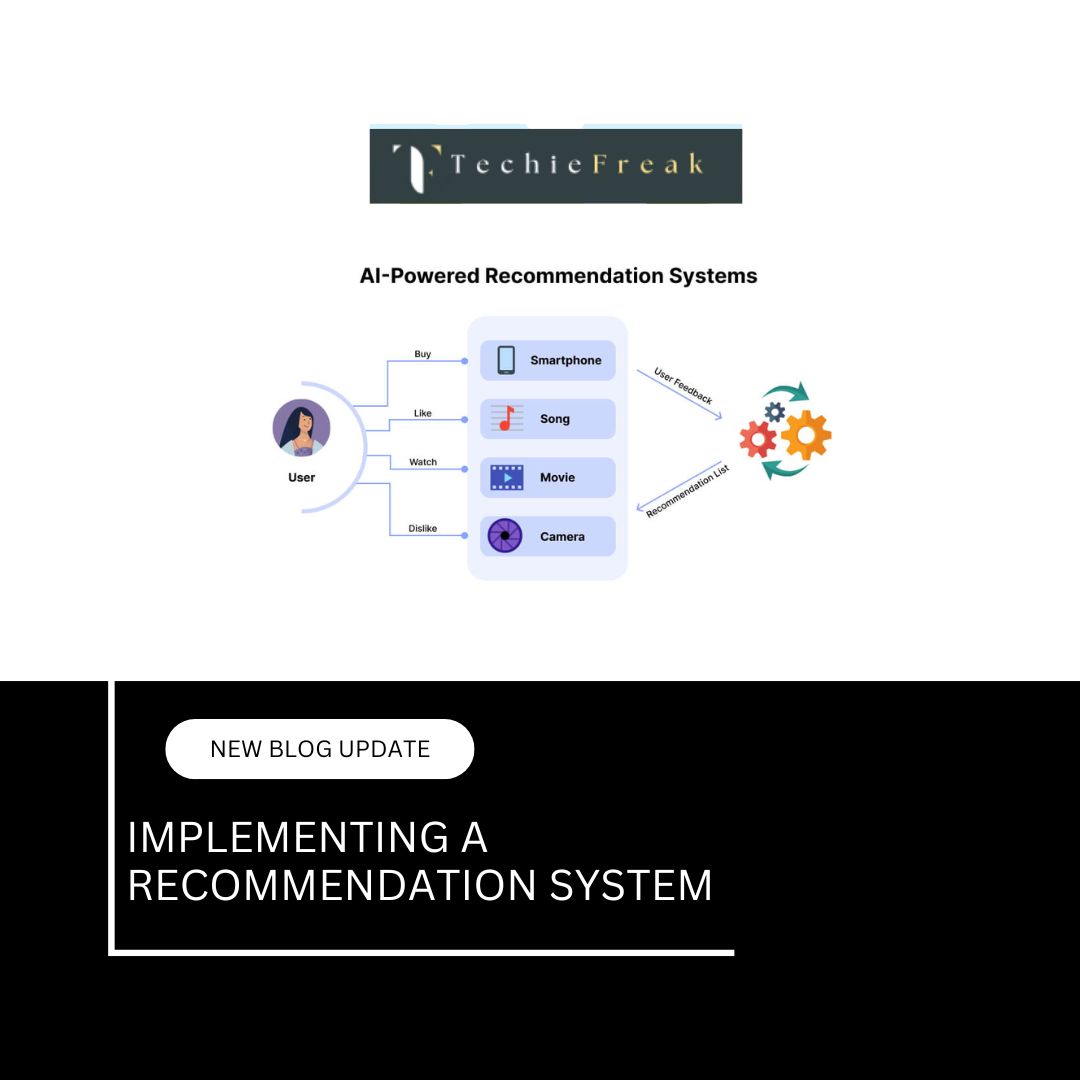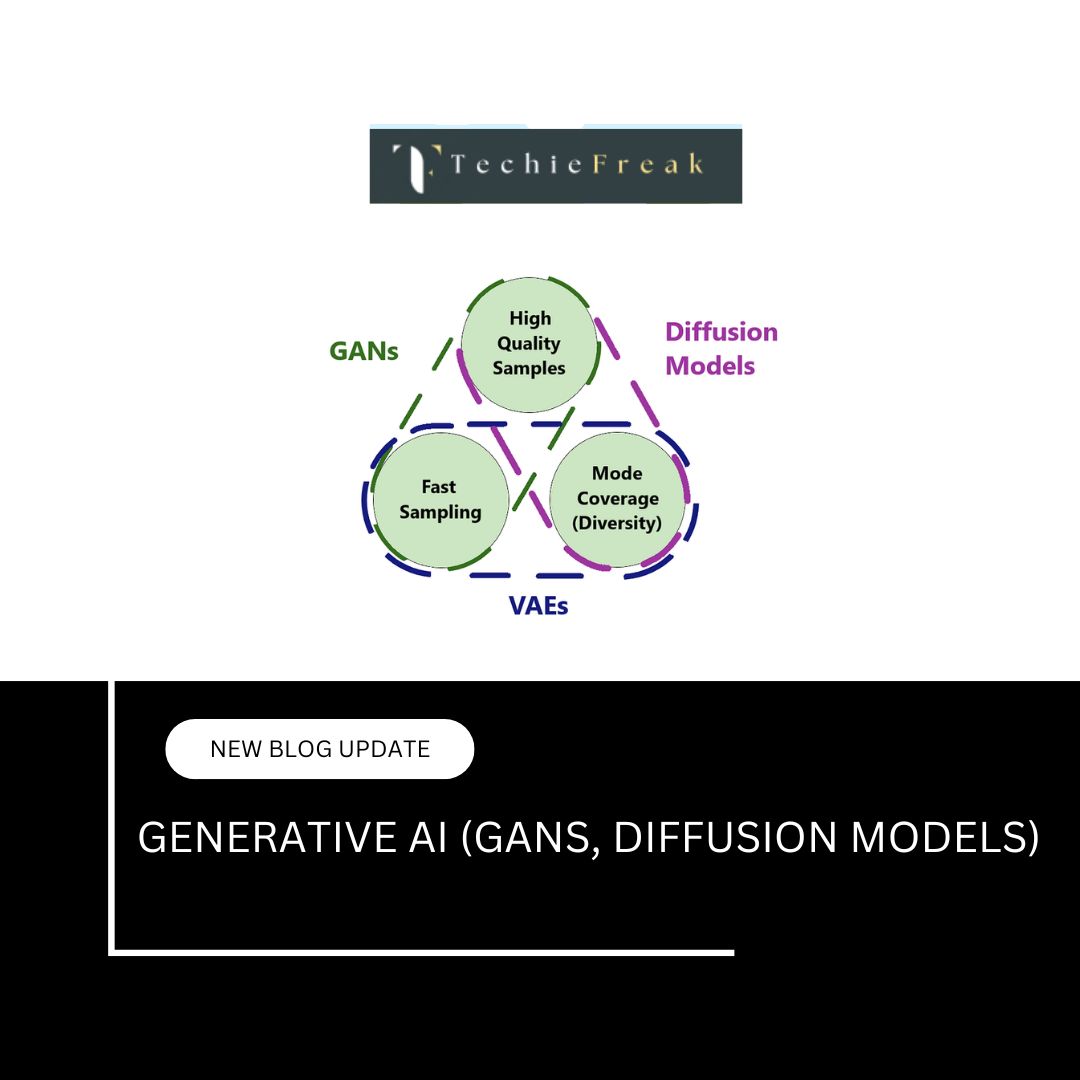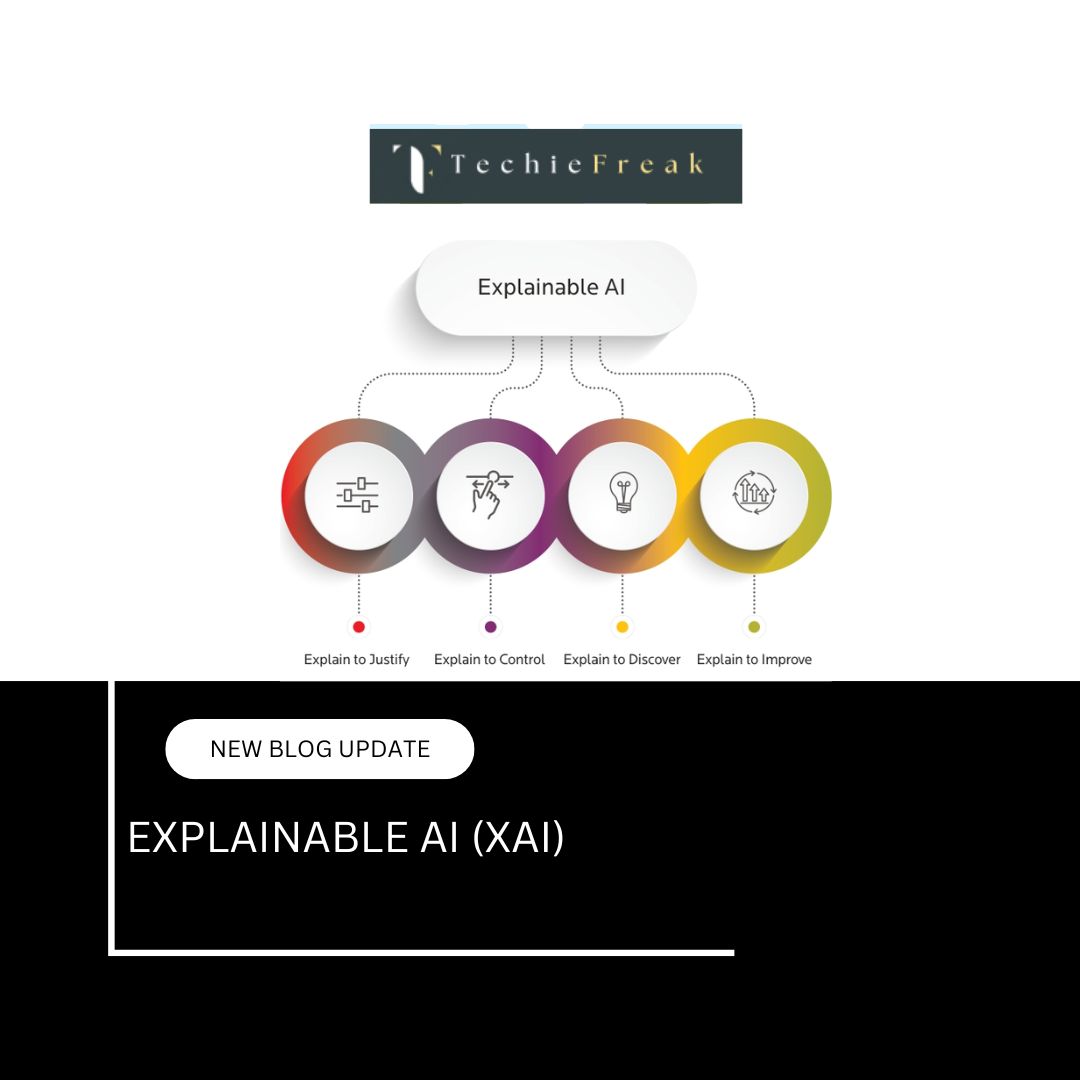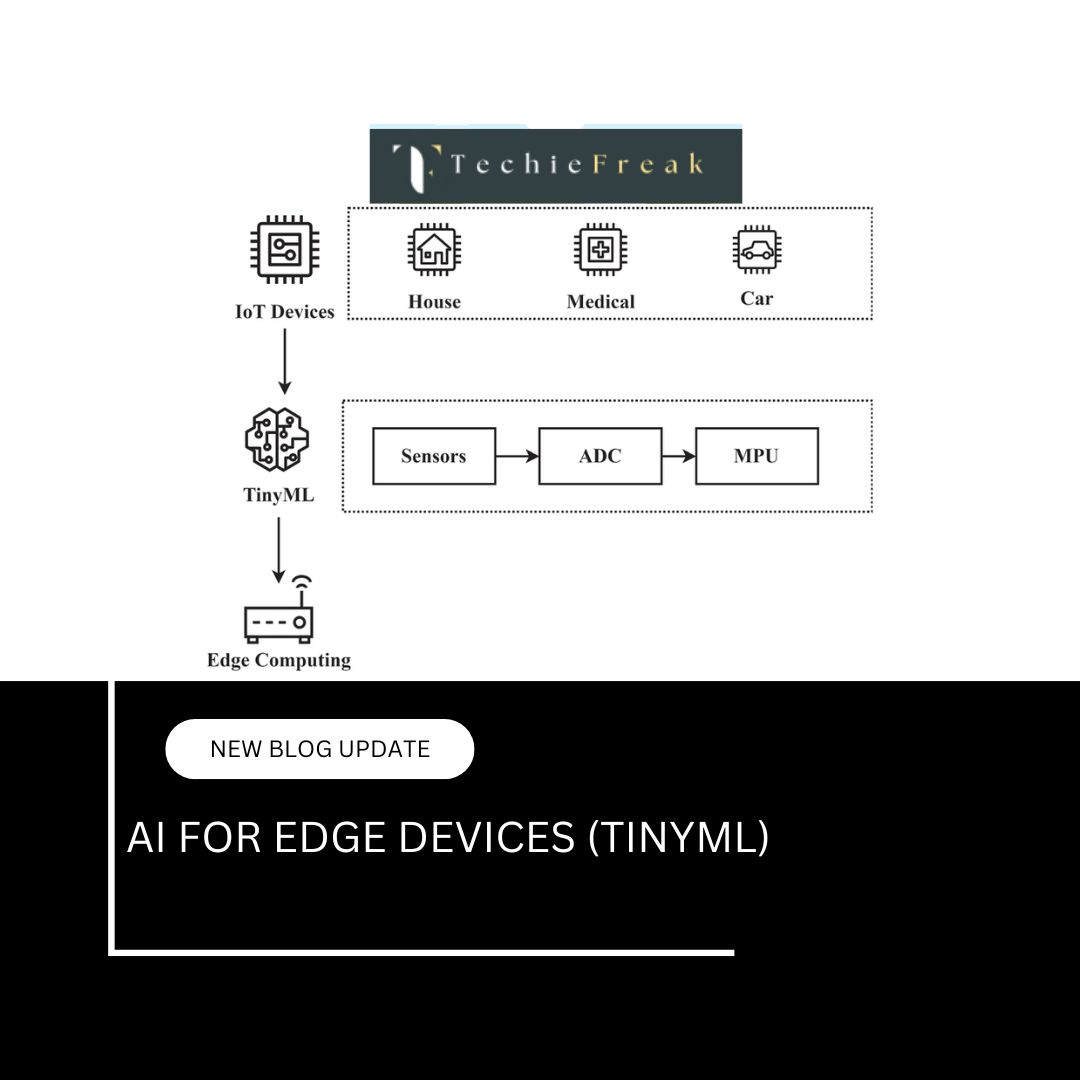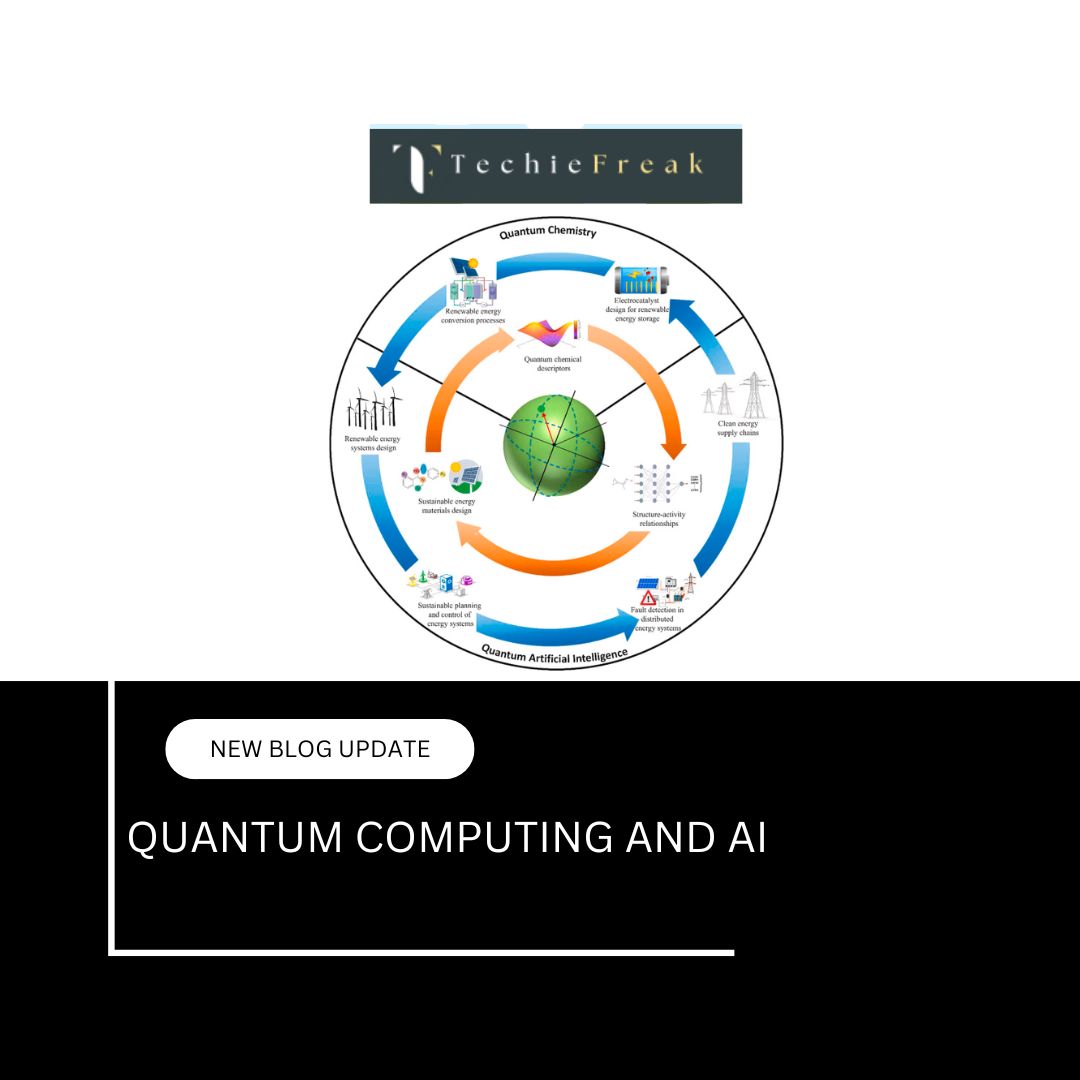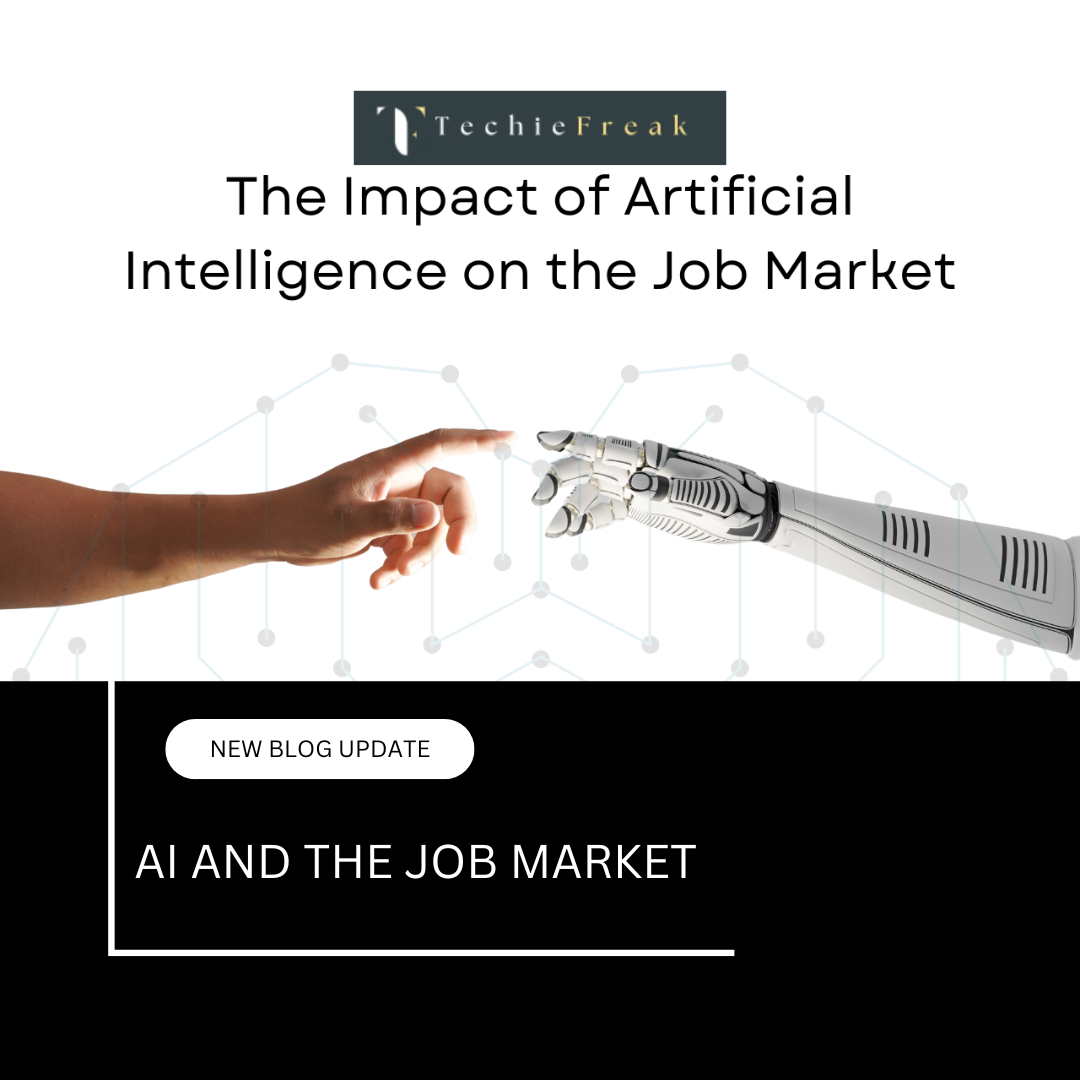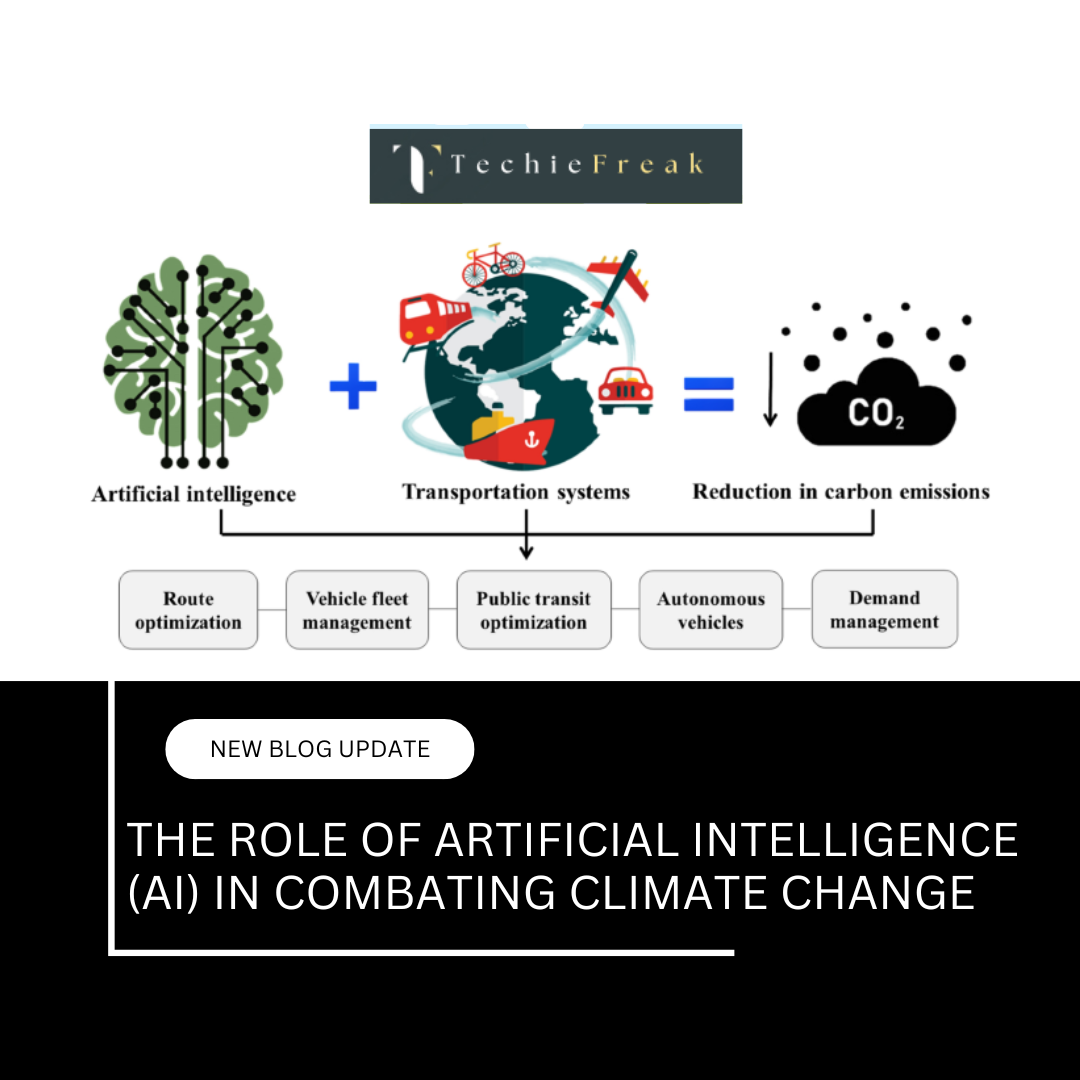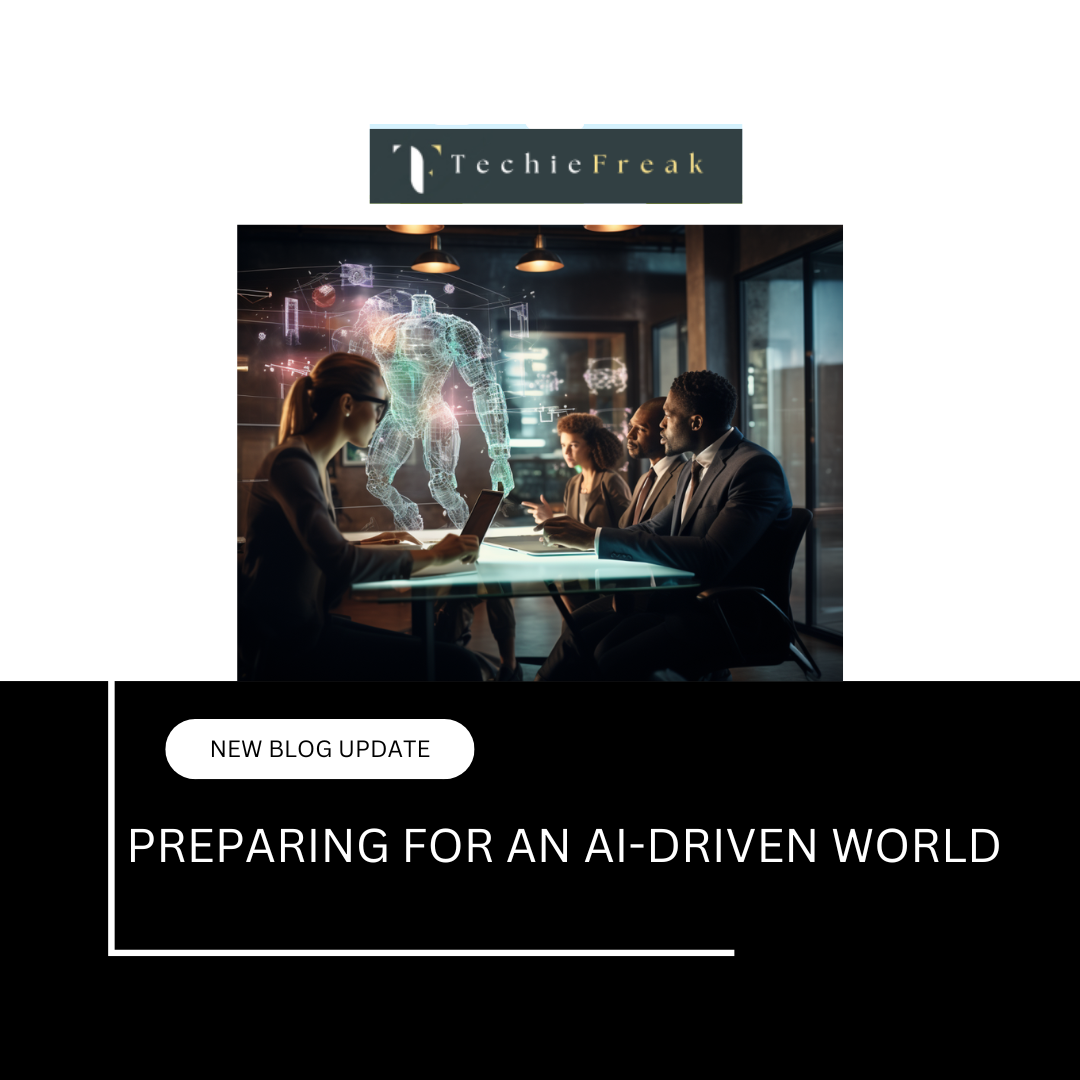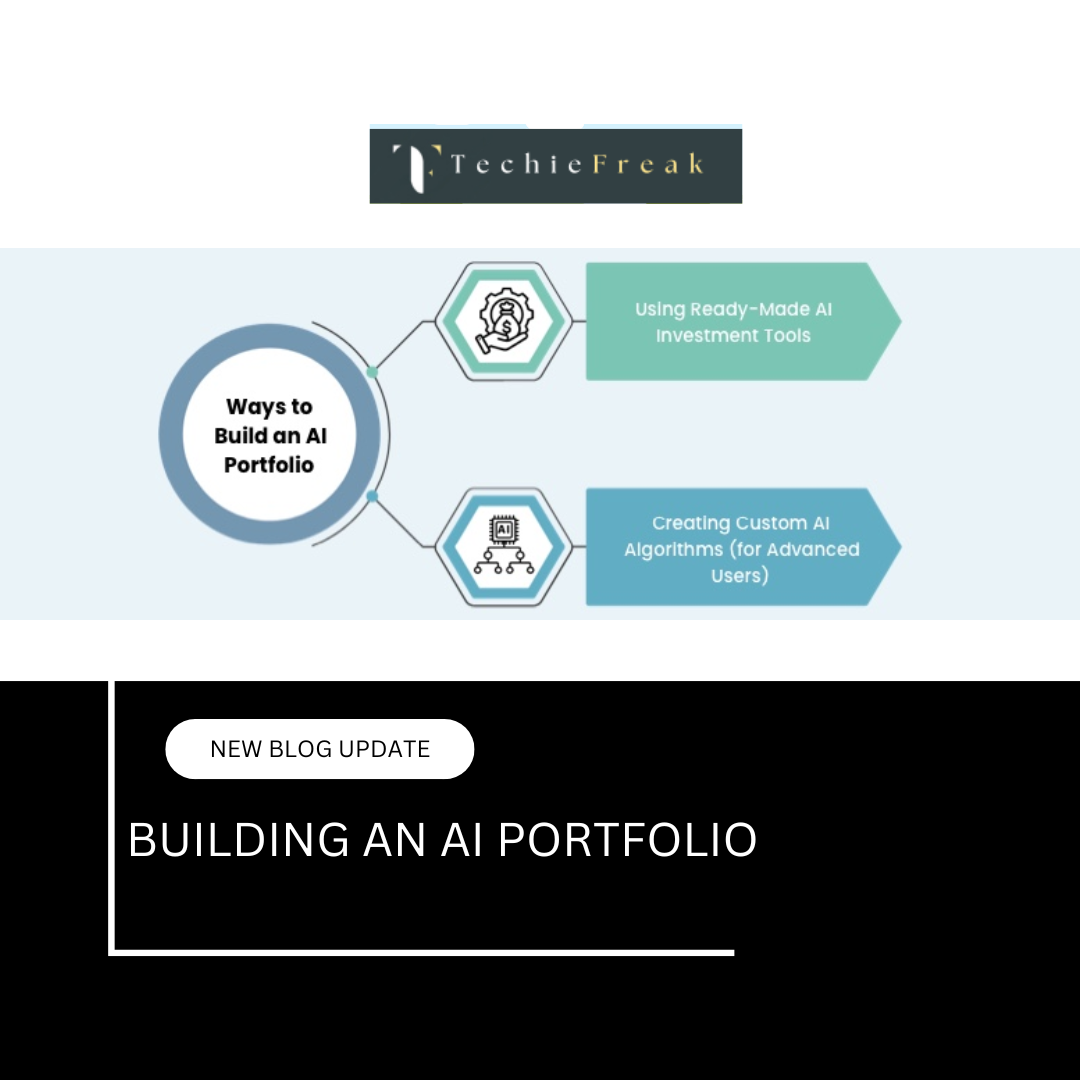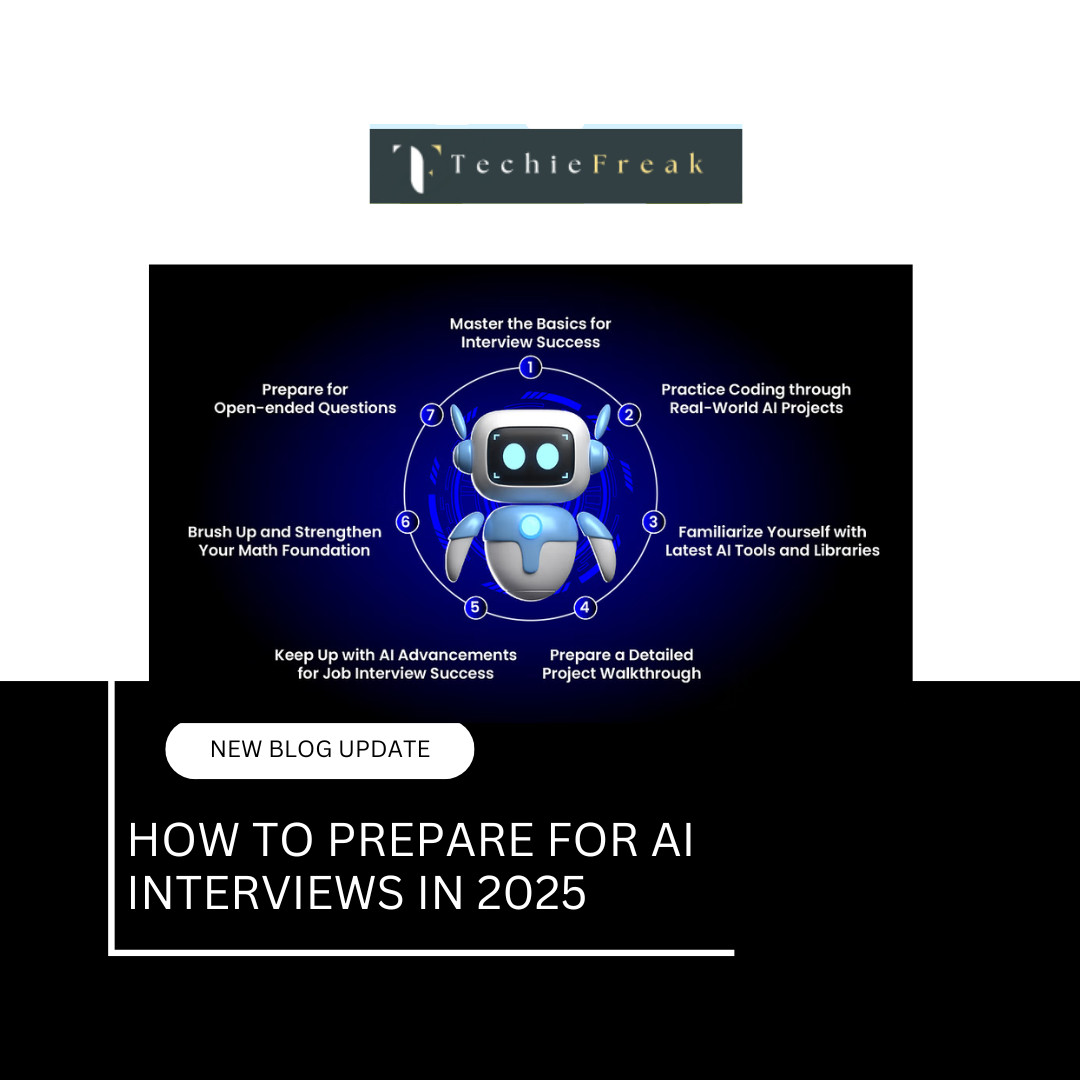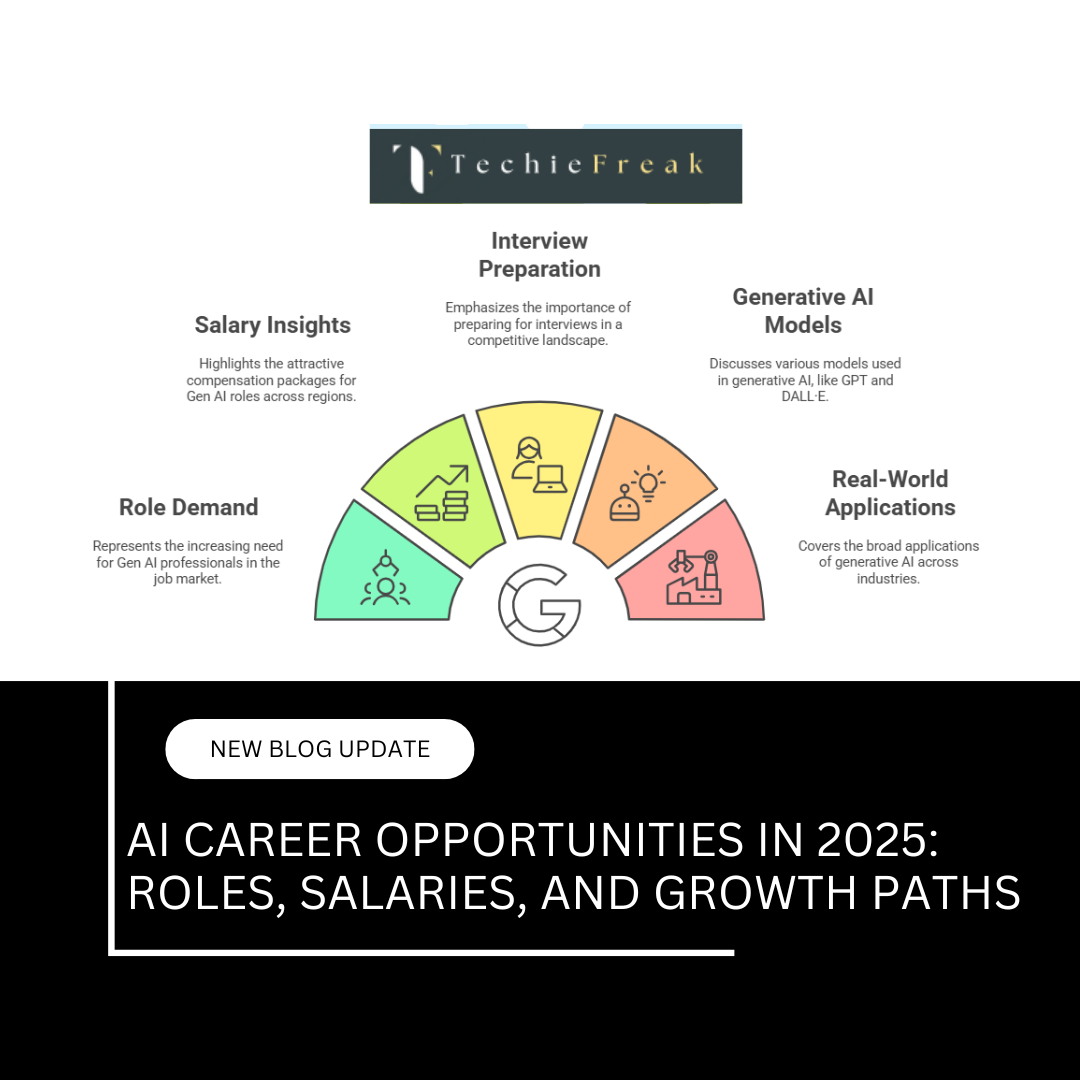Introduction to PyTorch
PyTorch is an open-source deep learning framework developed by Facebook’s AI Research lab (FAIR). It is widely used in academia and industry due to its flexibility, ease of use, and dynamic computation graph. PyTorch is particularly popular among researchers and developers working in machine learning, computer vision, and natural language processing.
Key Features of PyTorch
1. Dynamic Computation Graph
PyTorch uses a dynamic computation graph, also known as Define-by-Run, where the graph is built on the fly as operations are performed. This makes debugging and modifying models easier compared to static graphs (e.g., TensorFlow’s earlier versions).
2. Pythonic and Easy to Use
PyTorch is designed to be intuitive for Python developers. It integrates well with Python libraries such as NumPy, making it easier to perform tensor operations and build deep learning models without a steep learning curve.
3. Automatic Differentiation (Autograd)
PyTorch includes an automatic differentiation library called Autograd, which helps compute gradients automatically during backpropagation. This simplifies the process of training deep learning models.
4. Optimized Performance with GPU Acceleration
PyTorch supports GPU acceleration using CUDA, allowing deep learning models to run efficiently on NVIDIA GPUs. The .to(device) function allows seamless switching between CPU and GPU.
5. Strong Support for Neural Networks
PyTorch provides torch.nn, a high-level module that simplifies the creation of deep learning models using pre-built layers, activation functions, and loss functions.
6. TorchScript for Model Deployment
PyTorch models can be converted into TorchScript, a statically optimized version that allows efficient deployment in production environments, including mobile and edge devices.
7. Rich Ecosystem and Community Support
PyTorch has a growing ecosystem with tools like TorchVision for computer vision, TorchText for NLP, and TorchAudio for audio processing. It also has a large community contributing tutorials, libraries, and pre-trained models.
Core Components of PyTorch
1. Tensors
Tensors are the fundamental data structure in PyTorch, similar to NumPy arrays but with built-in GPU support.
import torch
# Create a tensor
x = torch.tensor([1.0, 2.0, 3.0])
print(x)
2. Autograd (Automatic Differentiation)
Autograd tracks operations on tensors and automatically computes gradients for optimization.
x = torch.randn(3, requires_grad=True)
y = x + 2
z = y.mean()
z.backward() # Compute gradients
print(x.grad) # Print gradients of x
3. Neural Network Module (torch.nn)
PyTorch provides torch.nn to build deep learning models easily.
import torch.nn as nn
# Define a simple neural network
class SimpleNN(nn.Module):
def __init__(self):
super(SimpleNN, self).__init__()
self.layer = nn.Linear(10, 1) # Fully connected layer
def forward(self, x):
return self.layer(x)
model = SimpleNN()
print(model)
4. Optimizers (torch.optim)
PyTorch provides various optimizers like SGD, Adam, and RMSprop to train models efficiently.
optimizer = torch.optim.Adam(model.parameters(), lr=0.001)
5. Data Loading (torch.utils.data)
The torch.utils.data module provides tools for loading datasets and creating data pipelines.
from torch.utils.data import DataLoader, TensorDataset
# Create a dataset
dataset = TensorDataset(torch.randn(100, 10), torch.randn(100, 1))
# Create a DataLoader
dataloader = DataLoader(dataset, batch_size=32, shuffle=True)
How PyTorch Works?
Step 1: Install and Import Dependencies
First, install PyTorch if it is not already installed.
pip install torch torchvision torchaudio
Now, import the required libraries.
import torch
import torch.nn as nn
import torch.optim as optim
import torch.nn.functional as F
from torchvision import datasets, transforms
from torch.utils.data import DataLoader
Step 2: Load and Preprocess Data
Use torchvision.datasets to load the MNIST dataset.
# Define transformations (convert images to tensors and normalize)
transform = transforms.Compose([transforms.ToTensor(), transforms.Normalize((0.5,), (0.5,))])
# Load the dataset
train_dataset = datasets.MNIST(root='./data', train=True, transform=transform, download=True)
test_dataset = datasets.MNIST(root='./data', train=False, transform=transform, download=True)
# Create data loaders
train_loader = DataLoader(train_dataset, batch_size=64, shuffle=True)
test_loader = DataLoader(test_dataset, batch_size=64, shuffle=False)
Step 3: Define the Neural Network
Create a simple feedforward neural network.
class NeuralNetwork(nn.Module):
def __init__(self):
super(NeuralNetwork, self).__init__()
self.fc1 = nn.Linear(28 * 28, 128) # Input layer
self.fc2 = nn.Linear(128, 64) # Hidden layer
self.fc3 = nn.Linear(64, 10) # Output layer
def forward(self, x):
x = x.view(-1, 28 * 28) # Flatten input
x = F.relu(self.fc1(x))
x = F.relu(self.fc2(x))
x = self.fc3(x)
return x
Step 4: Define Loss Function and Optimizer
Specify the loss function and optimizer.
model = NeuralNetwork()
criterion = nn.CrossEntropyLoss() # Loss function
optimizer = optim.Adam(model.parameters(), lr=0.001) # Optimizer
Step 5: Train the Model
# Training loop
for epoch in range(5):
for images, labels in train_loader:
optimizer.zero_grad() # Clear previous gradients
output = model(images) # Forward pass
loss = criterion(output, labels) # Compute loss
loss.backward() # Backpropagation
optimizer.step() # Update weights
print(f"Epoch {epoch+1}, Loss: {loss.item():.4f}")
Step 6: Evaluate the Model
Check the model’s performance on test data.
correct = 0
total = 0
with torch.no_grad(): # Disable gradient calculation for efficiency
for images, labels in test_loader:
outputs = model(images)
_, predicted = torch.max(outputs, 1) # Get predicted class
total += labels.size(0)
correct += (predicted == labels).sum().item()
accuracy = 100 * correct / total
print(f"Test Accuracy: {accuracy:.2f}%")
Step 7: Make Predictions
import matplotlib.pyplot as plt
# Get a sample image
sample_image, label = test_dataset[0]
plt.imshow(sample_image.squeeze(), cmap="gray")
# Make a prediction
sample_image = sample_image.view(-1, 28 * 28) # Flatten input
with torch.no_grad():
prediction = model(sample_image)
predicted_label = torch.argmax(prediction).item()
print(f"Predicted Label: {predicted_label}")
Handling Large Datasets with PyTorch
When working with deep learning, handling large datasets efficiently is crucial. PyTorch provides the torch.utils.data module to simplify data loading and preprocessing. The Dataset and DataLoader classes allow for efficient batch loading, shuffling, and parallel processing.
1. Using the Dataset Class
The Dataset class is used to define a custom dataset by overriding the __len__ and __getitem__ methods.
from torch.utils.data import Dataset
class CustomDataset(Dataset):
def __init__(self, data, labels):
self.data = data
self.labels = labels
def __len__(self):
return len(self.data)
def __getitem__(self, idx):
return self.data[idx], self.labels[idx]
# Example usage
import torch
data = torch.randn(1000, 10) # 1000 samples, 10 features
labels = torch.randint(0, 2, (1000,)) # Binary classification labels
dataset = CustomDataset(data, labels)
print(len(dataset)) # Output: 1000
2. Using DataLoader for Efficient Batch Processing
DataLoader is used to load data efficiently in batches, shuffle data, and enable parallel data loading using multiple worker threads.
from torch.utils.data import DataLoader
# Create DataLoader with batch size 32
dataloader = DataLoader(dataset, batch_size=32, shuffle=True, num_workers=4)
# Iterate through batches
for batch in dataloader:
batch_data, batch_labels = batch
print(batch_data.shape, batch_labels.shape) # (32, 10) and (32,)
Using num_workers=4 helps load data in parallel, speeding up training, especially when working with large datasets.
Distributed Training in PyTorch
Training deep learning models on multiple GPUs or across multiple machines speeds up the process significantly. PyTorch provides torch.nn.DataParallel and torch.distributed to enable distributed training.
1. Using DataParallel for Multi-GPU Training
torch.nn.DataParallel allows running models across multiple GPUs with minimal code changes.
import torch
import torch.nn as nn
device = torch.device("cuda" if torch.cuda.is_available() else "cpu")
# Define a simple model
class SimpleNN(nn.Module):
def __init__(self):
super(SimpleNN, self).__init__()
self.fc = nn.Linear(10, 1)
def forward(self, x):
return self.fc(x)
# Move model to multiple GPUs
model = SimpleNN()
if torch.cuda.device_count() > 1:
print(f"Using {torch.cuda.device_count()} GPUs")
model = nn.DataParallel(model)
model.to(device)
This allows PyTorch to distribute computations across available GPUs automatically.
2. Using PyTorch Distributed for Large-Scale Training
For more control over distributed training, PyTorch provides torch.distributed with DistributedDataParallel (DDP). This is more efficient than DataParallel, especially for large-scale models.
import torch.distributed as dist
from torch.nn.parallel import DistributedDataParallel as DDP
# Initialize process group
dist.init_process_group(backend="nccl") # Use NCCL for GPU communication
# Create model and wrap with DDP
model = SimpleNN().to(device)
model = DDP(model)
# Optimizer
optimizer = torch.optim.Adam(model.parameters(), lr=0.001)
Using DDP ensures each GPU gets a separate instance of the model, reducing communication overhead and improving performance.
Deploying PyTorch Models
Once a model is trained, it needs to be deployed for real-world use. PyTorch offers TorchScript, which allows converting PyTorch models into a format that can be optimized and deployed across different platforms like mobile, web, and cloud services.
1. Converting a PyTorch Model to TorchScript
TorchScript allows PyTorch models to be serialized and run independently from Python.
# Define a simple model
model = SimpleNN()
model.eval() # Set model to evaluation mode
# Convert to TorchScript
traced_model = torch.jit.trace(model, torch.randn(1, 10))
torch.jit.save(traced_model, "model.pth") # Save model
2. Loading and Using the TorchScript Model
Once saved, the model can be loaded in a non-Python environment.
# Load the saved model
loaded_model = torch.jit.load("model.pth")
loaded_model.eval()
# Make predictions
input_tensor = torch.randn(1, 10)
output = loaded_model(input_tensor)
print(output)
3. Deploying PyTorch Models on Mobile
PyTorch also supports deploying models on mobile devices (Android and iOS) using PyTorch Mobile. The TorchScript model can be converted to a mobile-friendly format and deployed using the PyTorch Mobile runtime.
pip install torch torchvision torchaudio
Convert and optimize the model for mobile devices:
import torch.utils.mobile_optimizer as mobile_optimizer
optimized_model = mobile_optimizer.optimize_for_mobile(traced_model)
optimized_model._save_for_lite_interpreter("mobile_model.pth")
Key Takeaways
PyTorch is a powerful deep learning framework that offers flexibility, ease of debugging, and GPU acceleration. It provides essential components like tensors, automatic differentiation, neural networks, optimizers, and data handling utilities. The step-by-step example demonstrated how to build, train, evaluate, and make predictions using a simple neural network on the MNIST dataset. PyTorch’s dynamic computation graph and Pythonic approach make it an excellent choice for AI and machine learning projects.
Next Blog- Introduction to Popular AI Libraries Scikit-learn
.png)
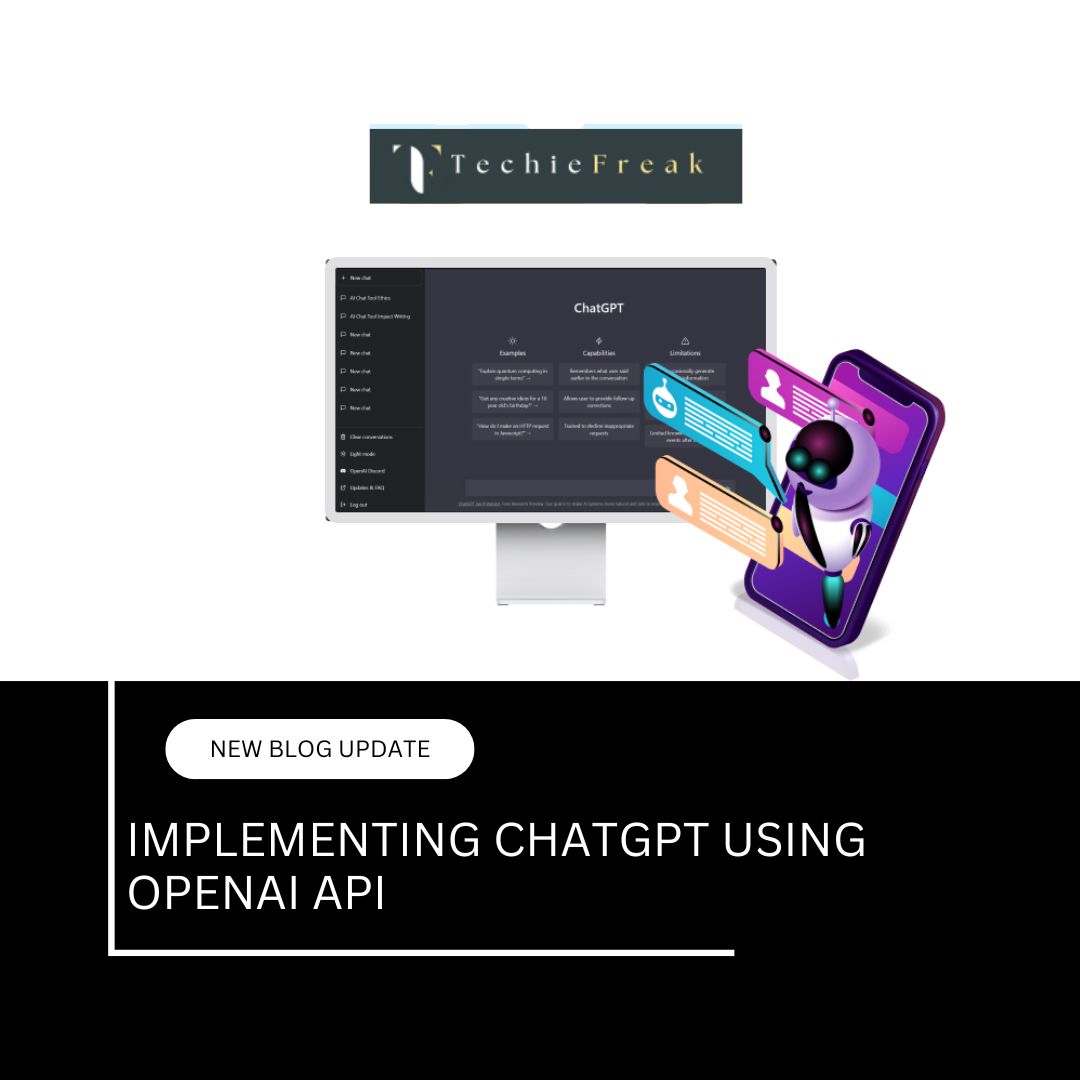
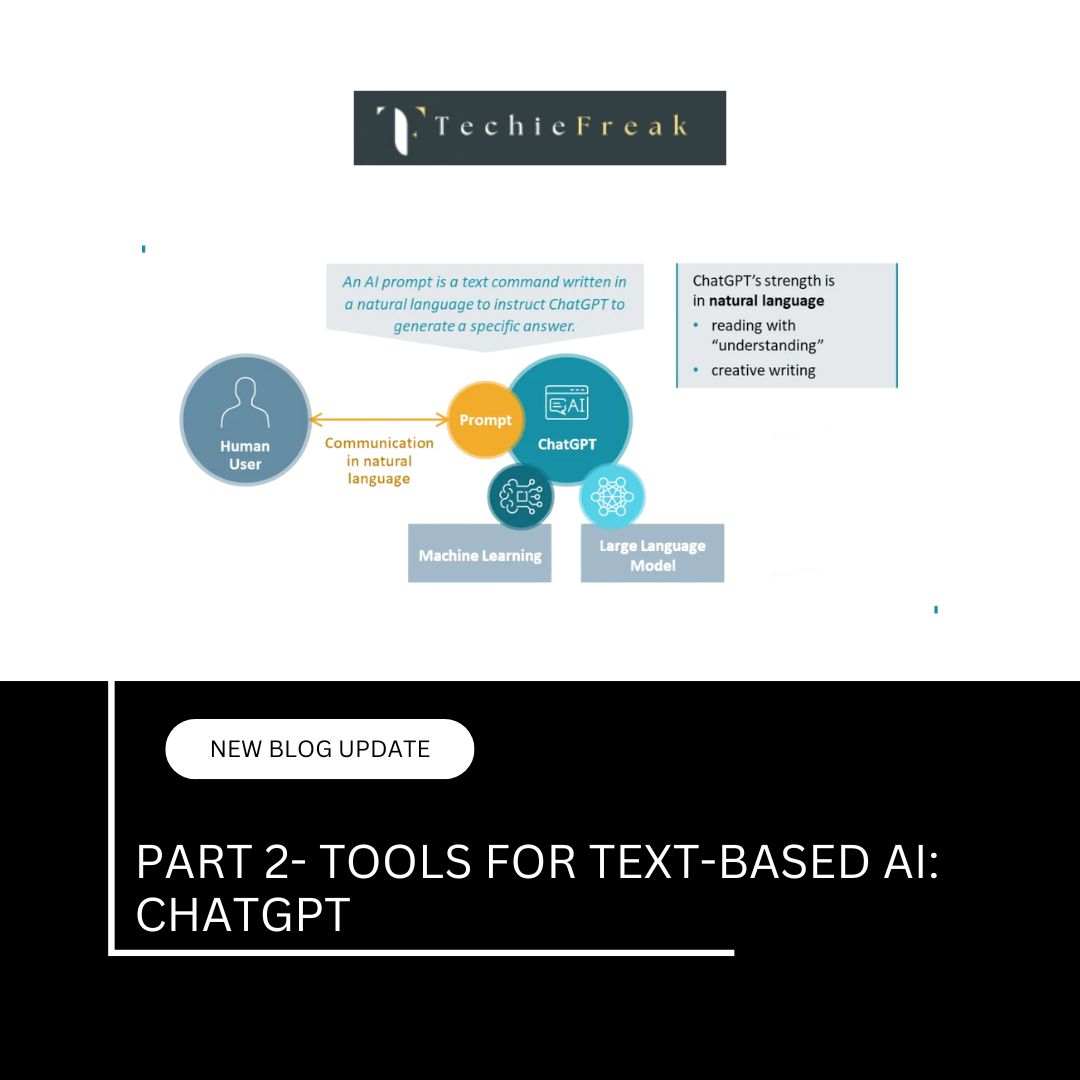
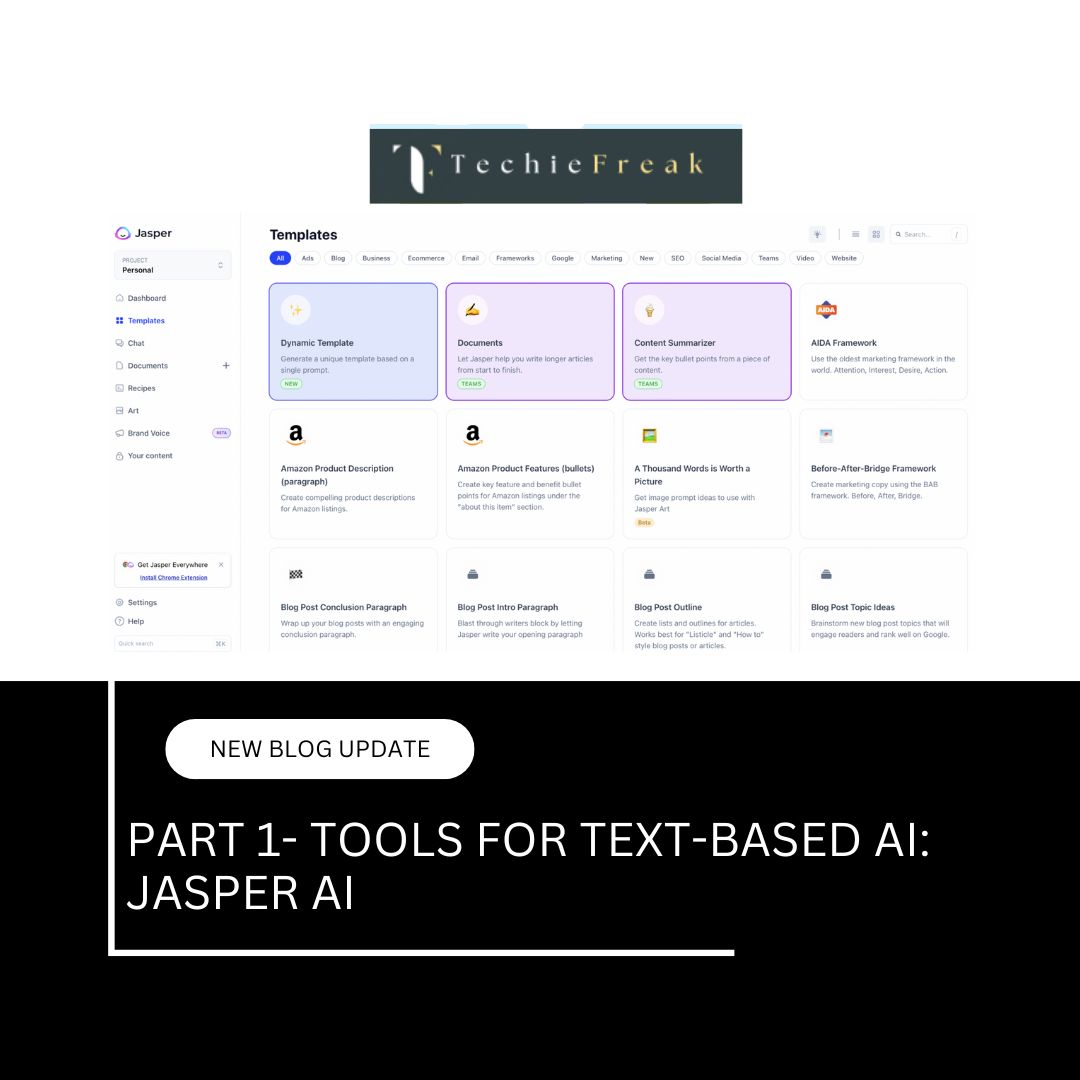
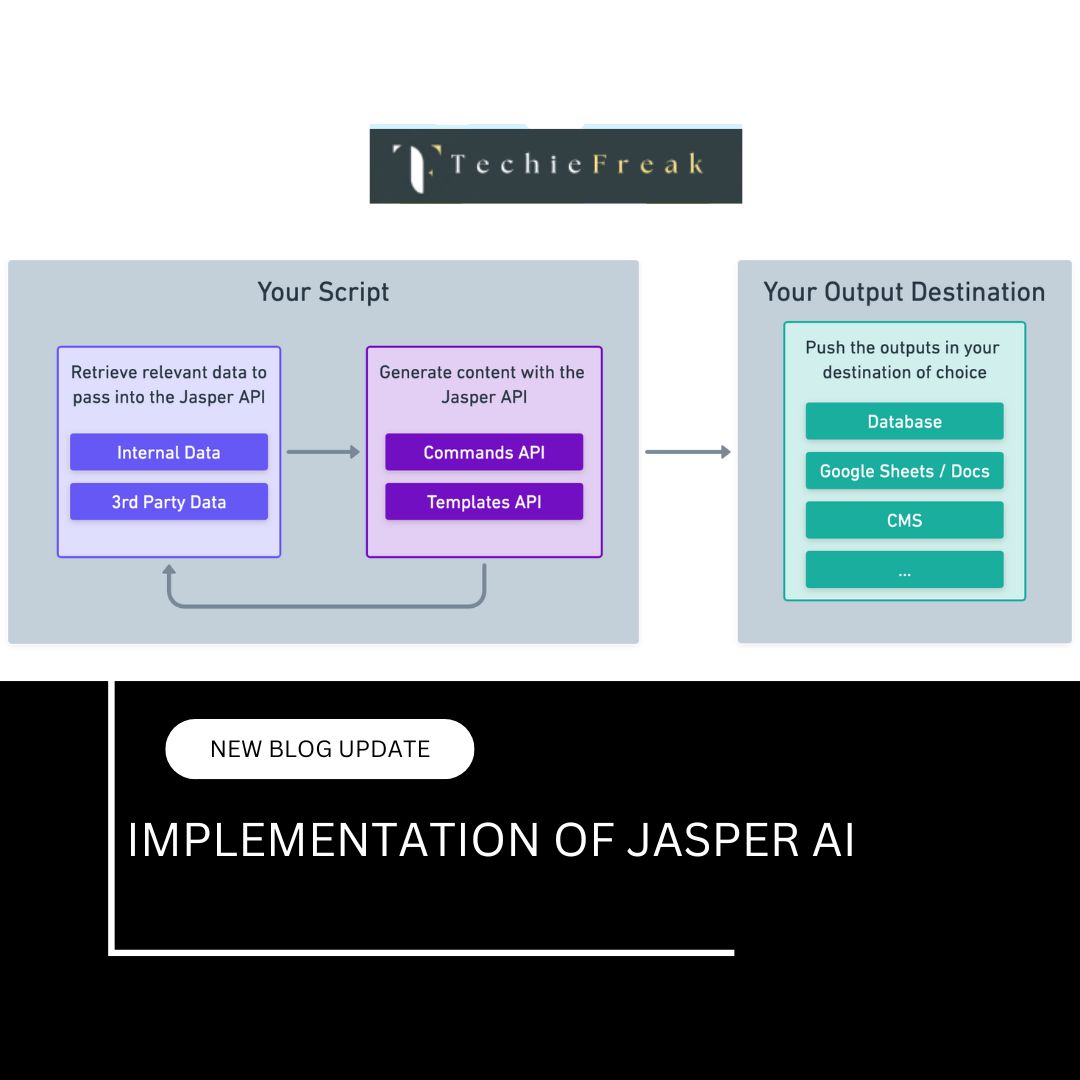
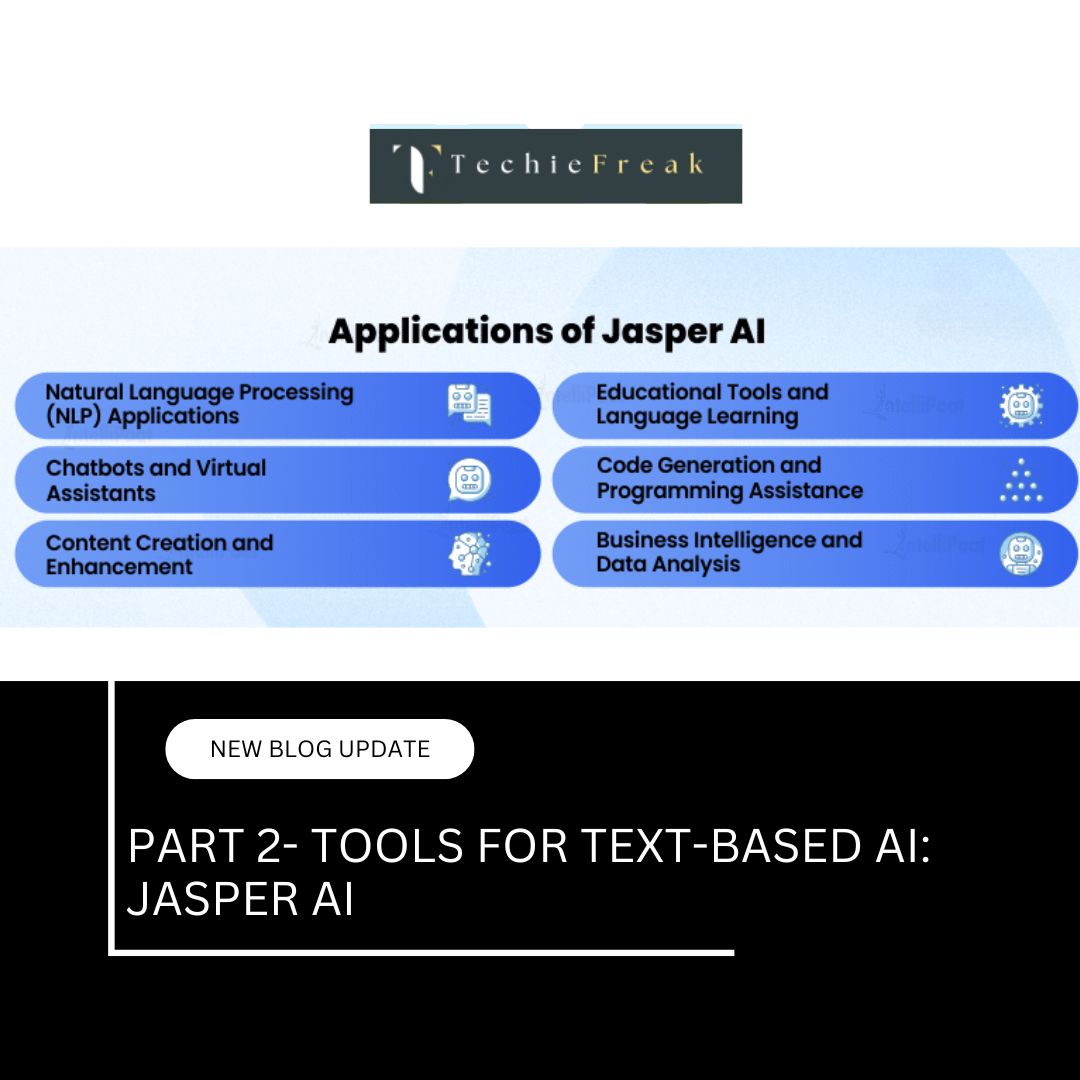
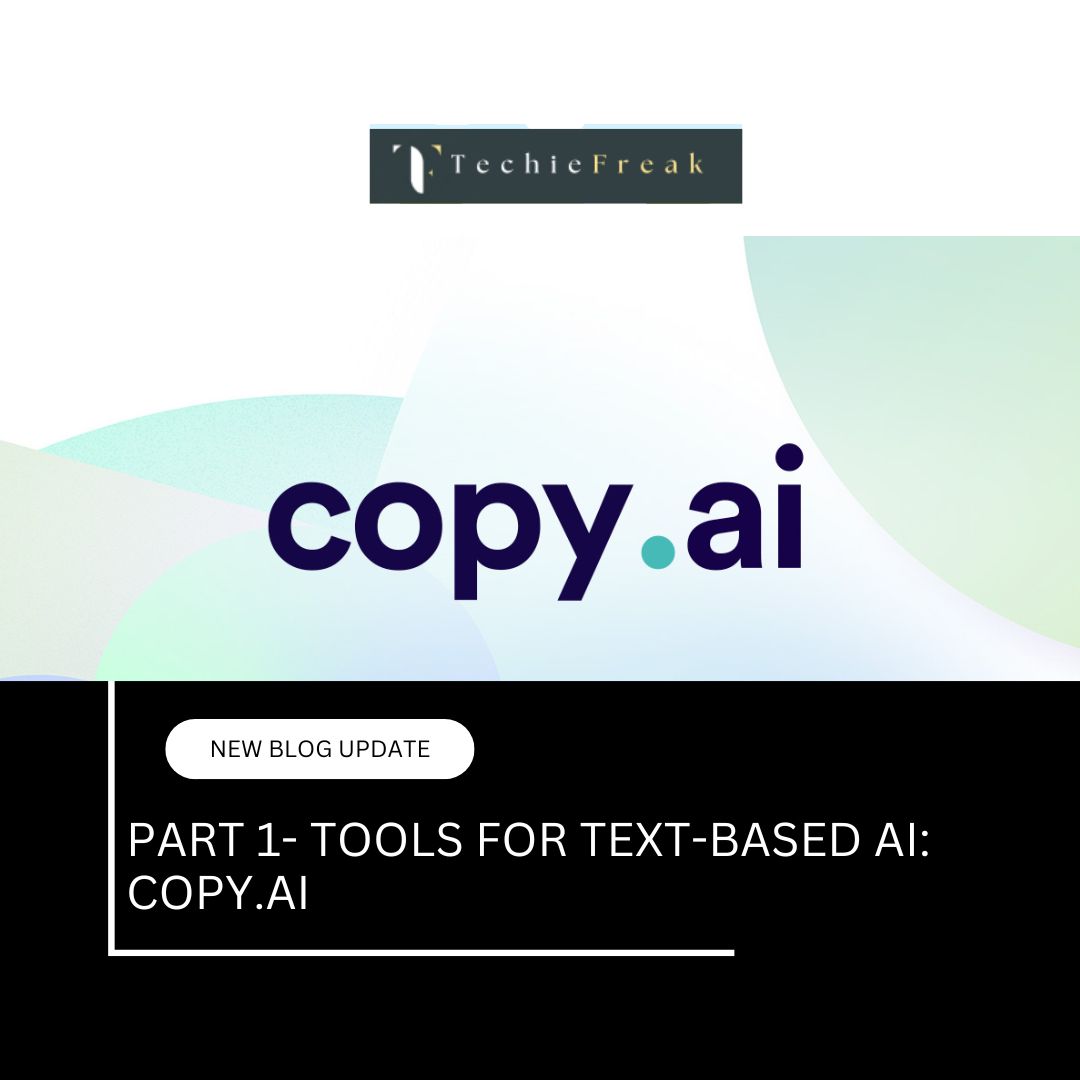
.jpg)
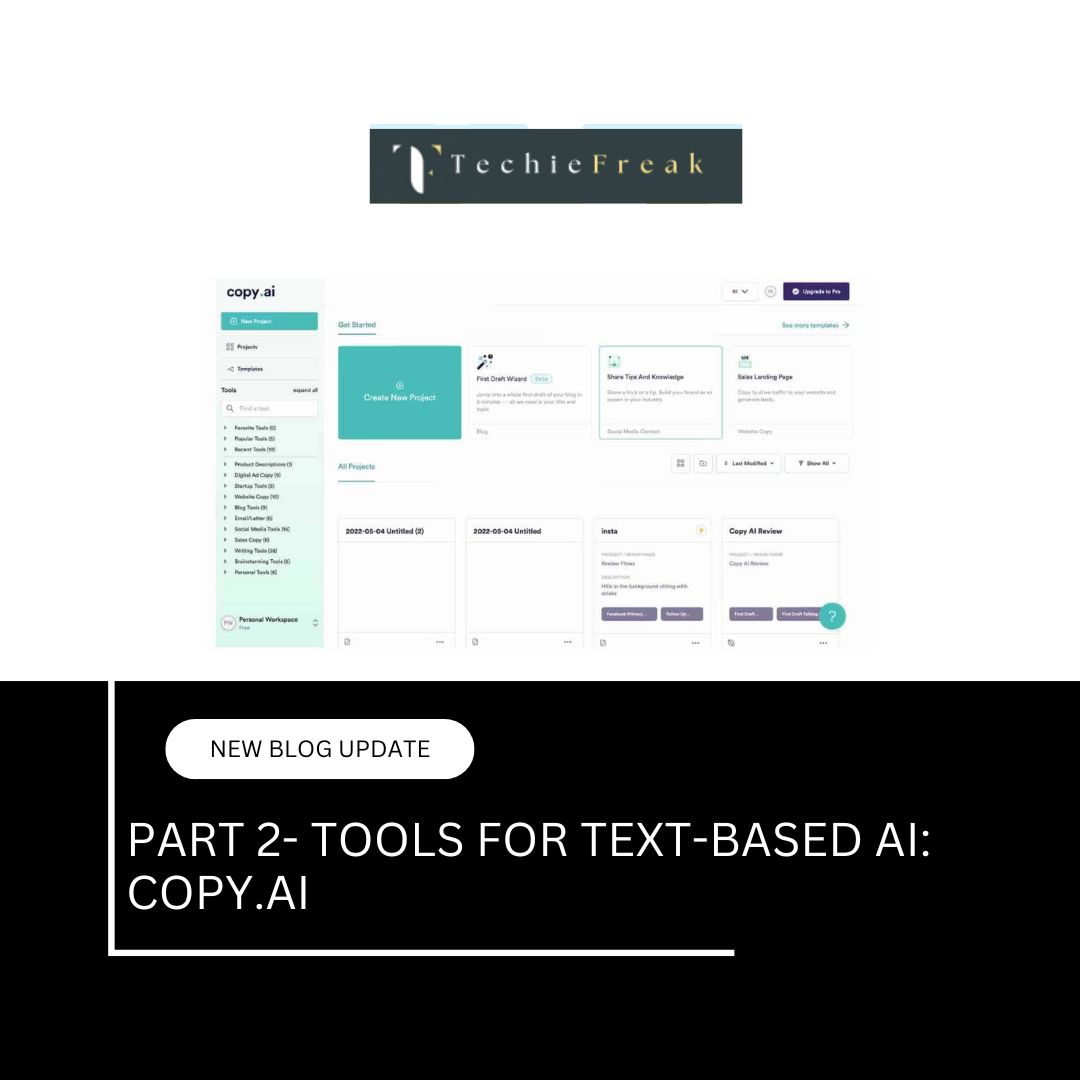
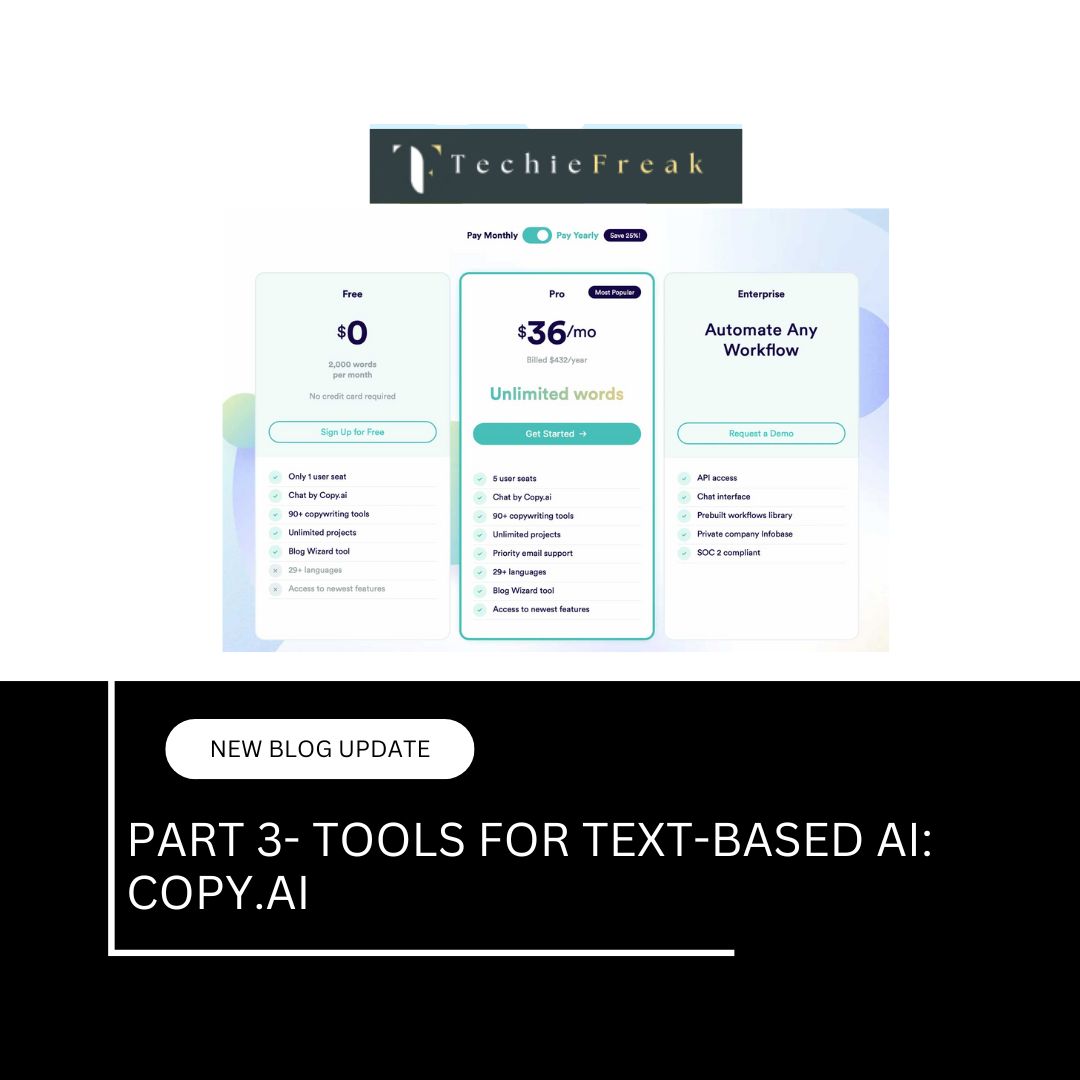
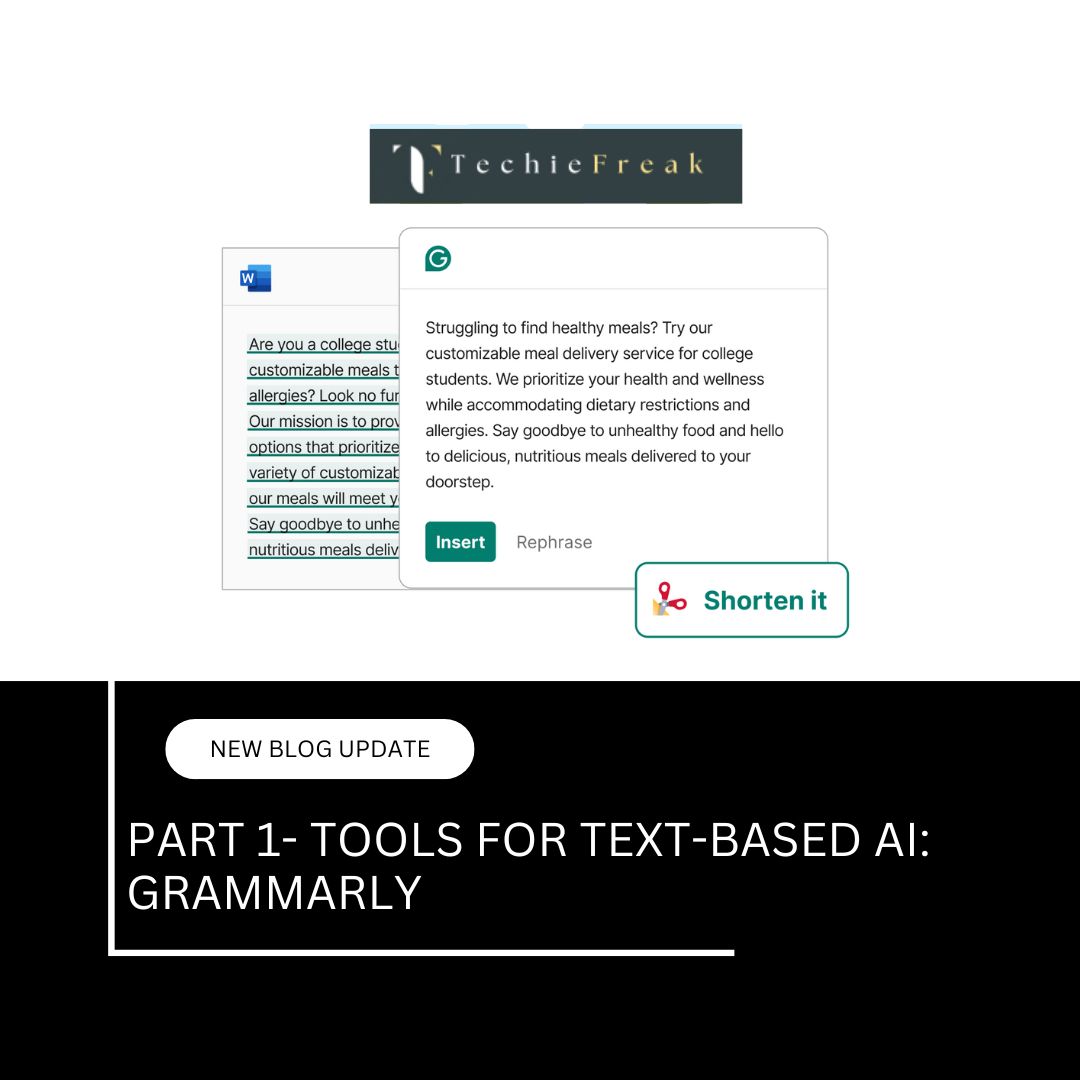
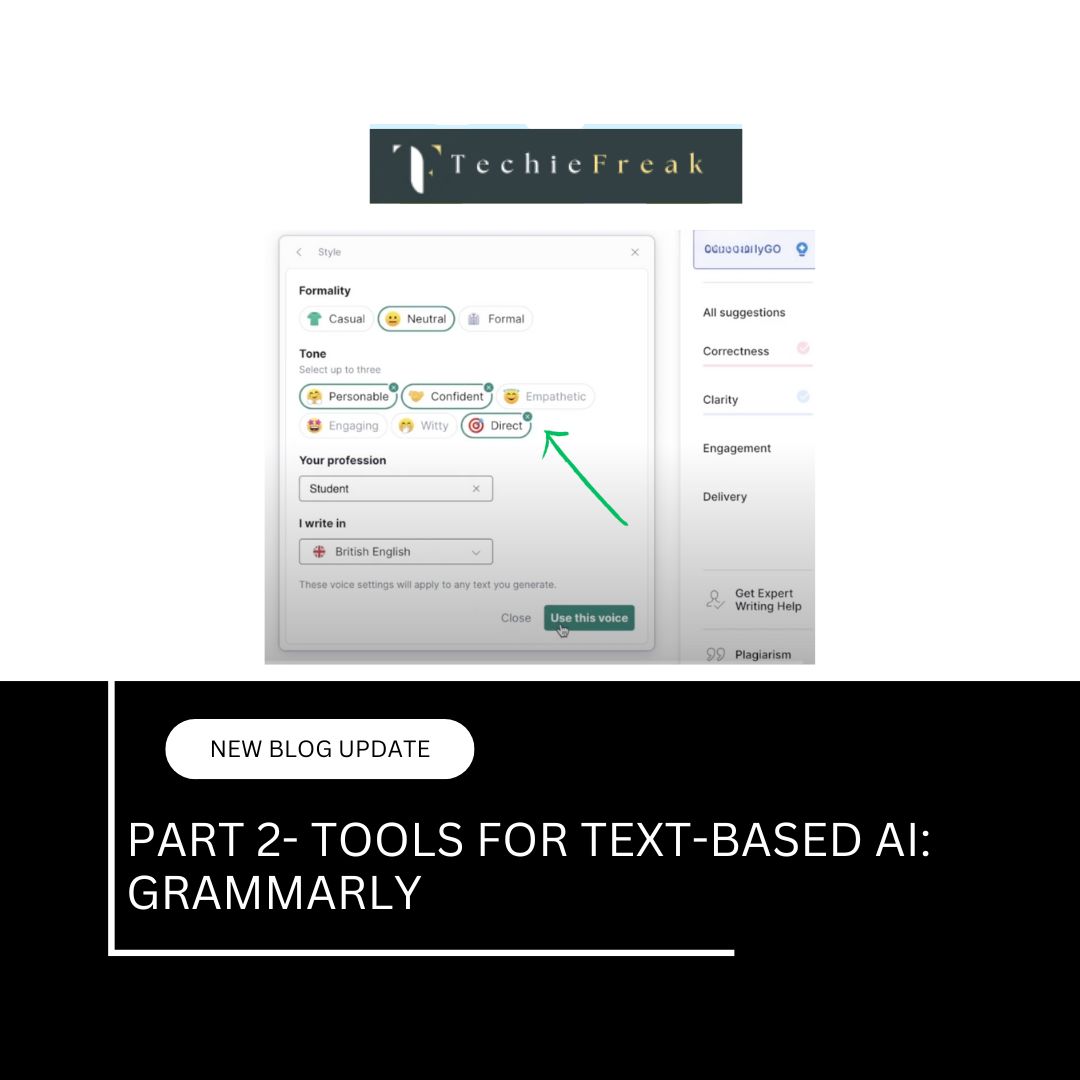
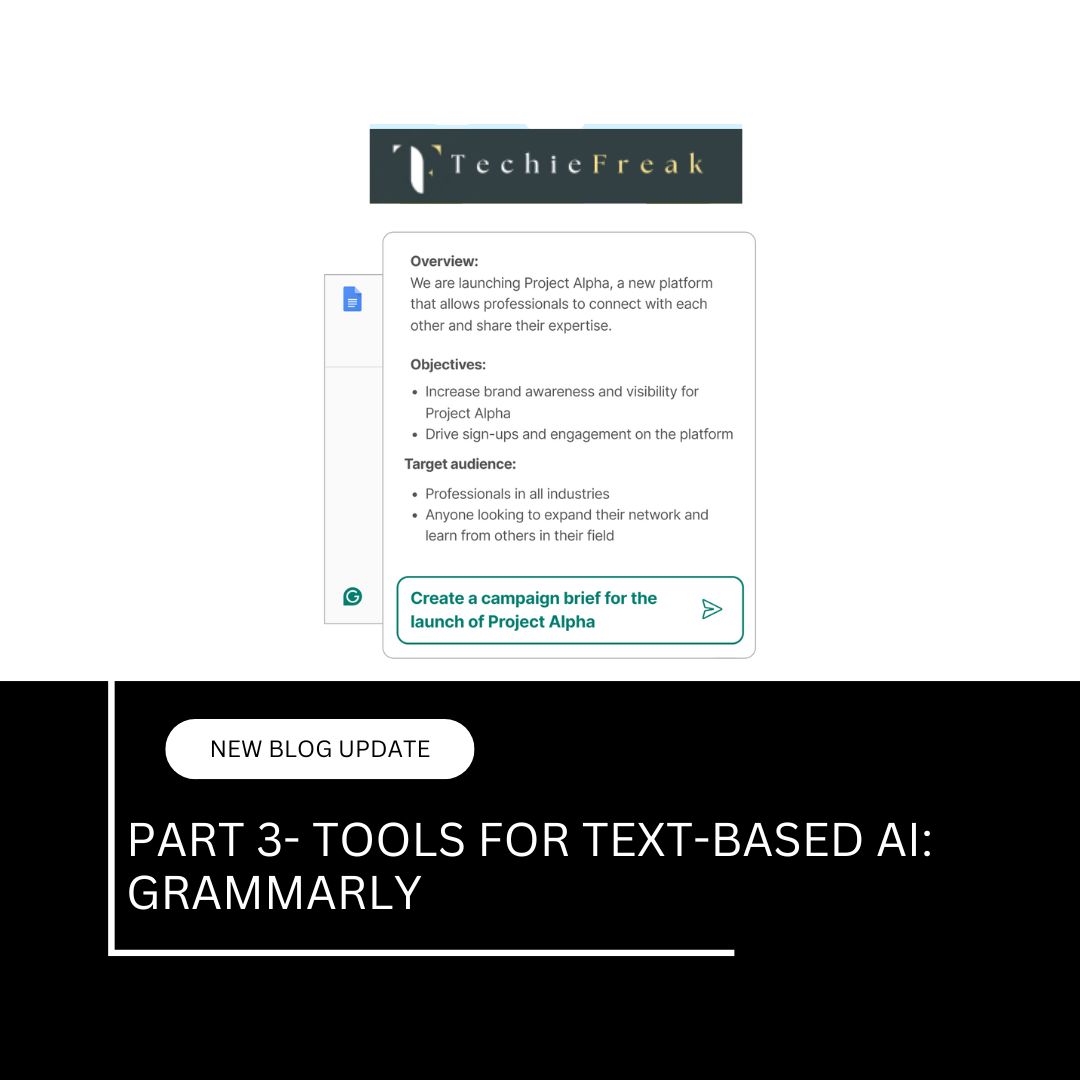
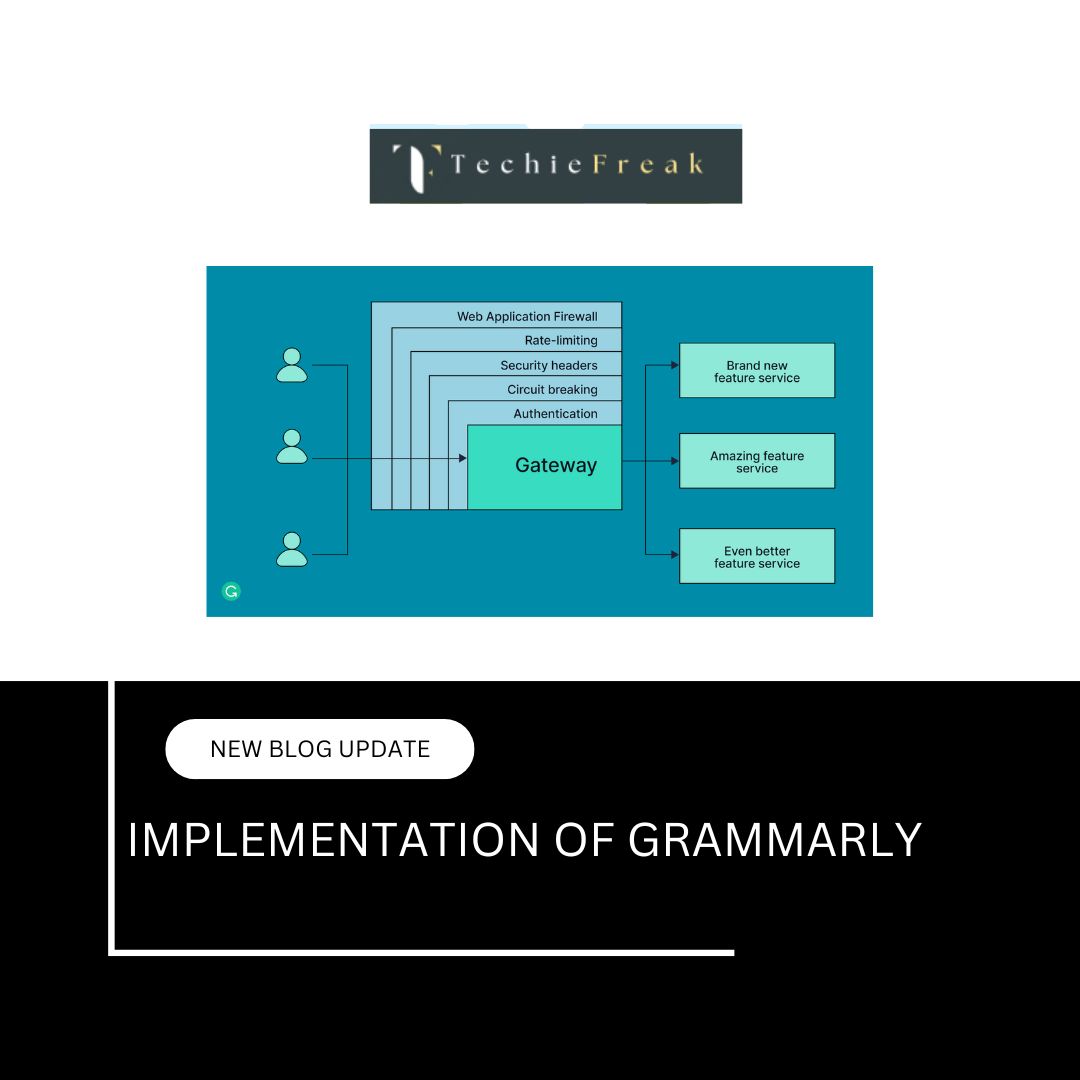

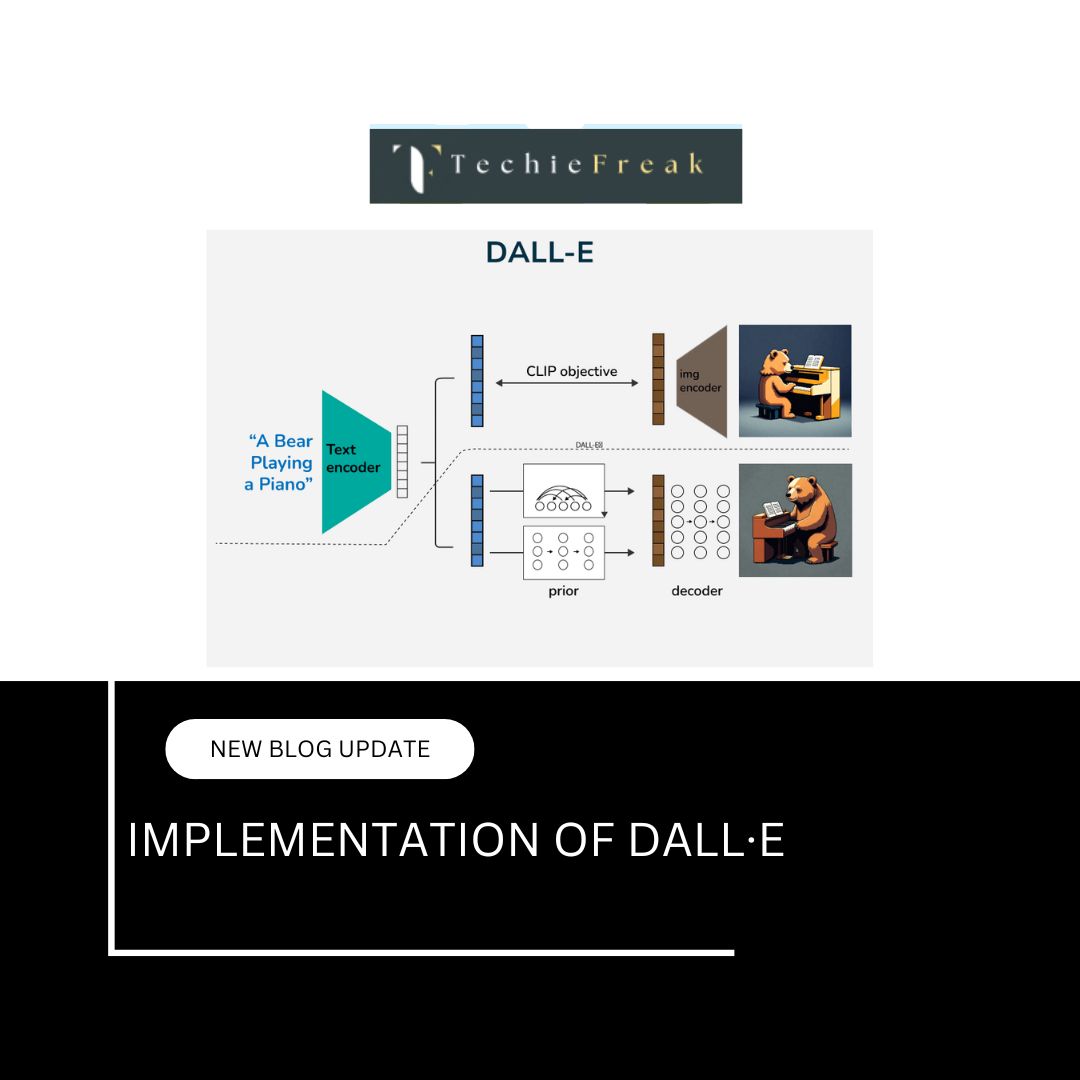
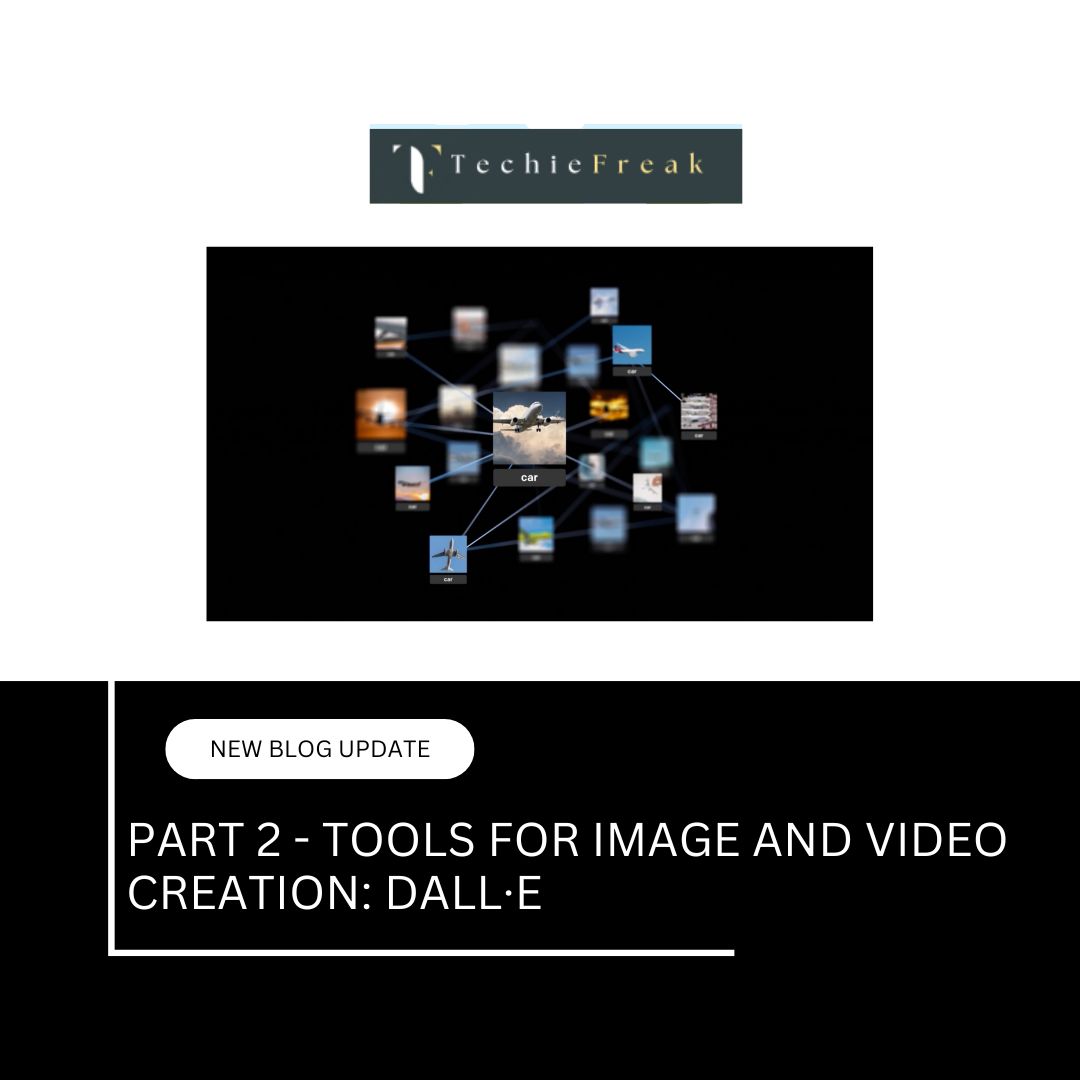

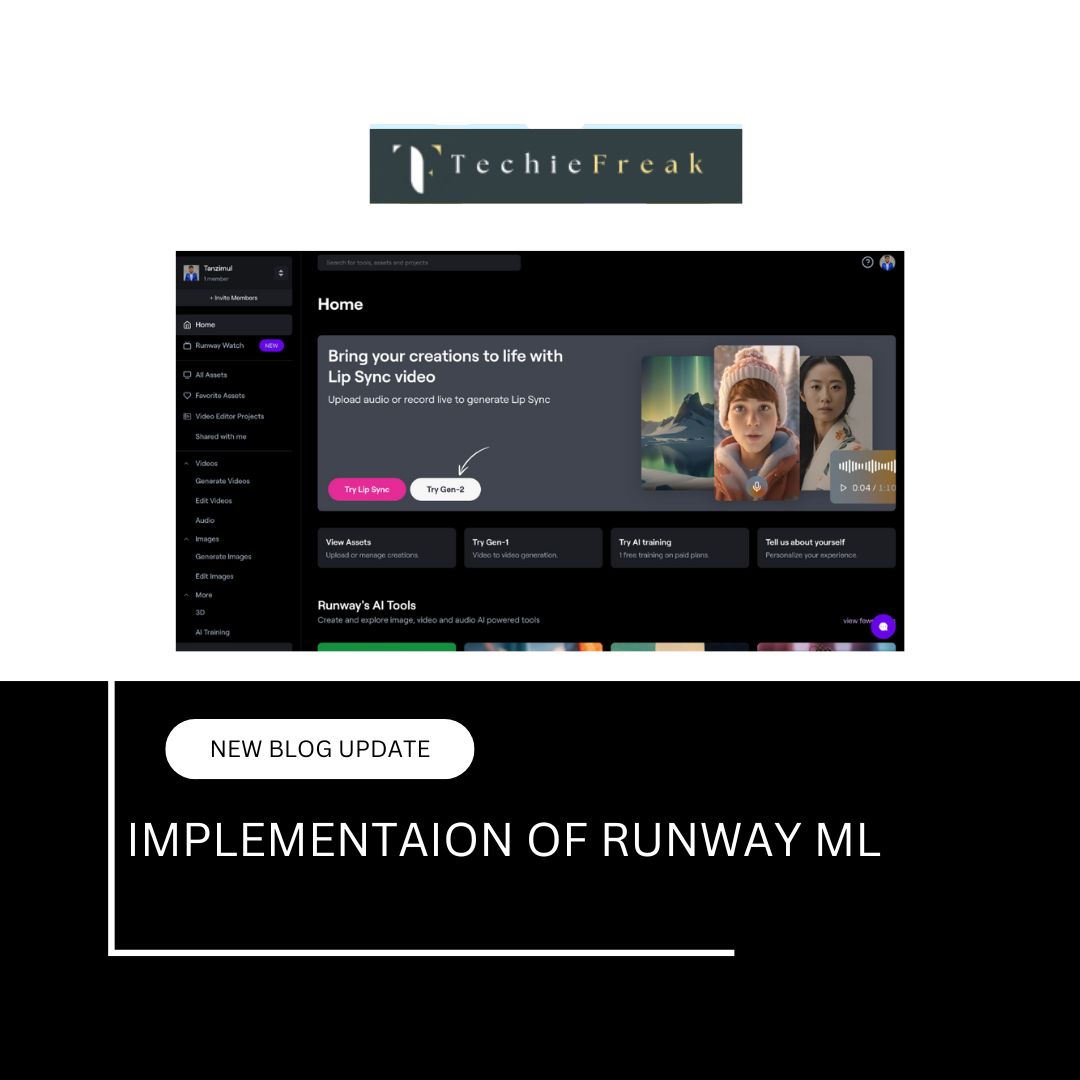



.jpg)


.png)
.png)
.png)
.png)
.png)
.png)
.png)
.png)
.png)
.png)
.png)
.png)
.png)
.png)
.png)
.png)
.png)
.png)
.png)
.png)
.png)
.png)
.png)
.png)
.png)
.png)
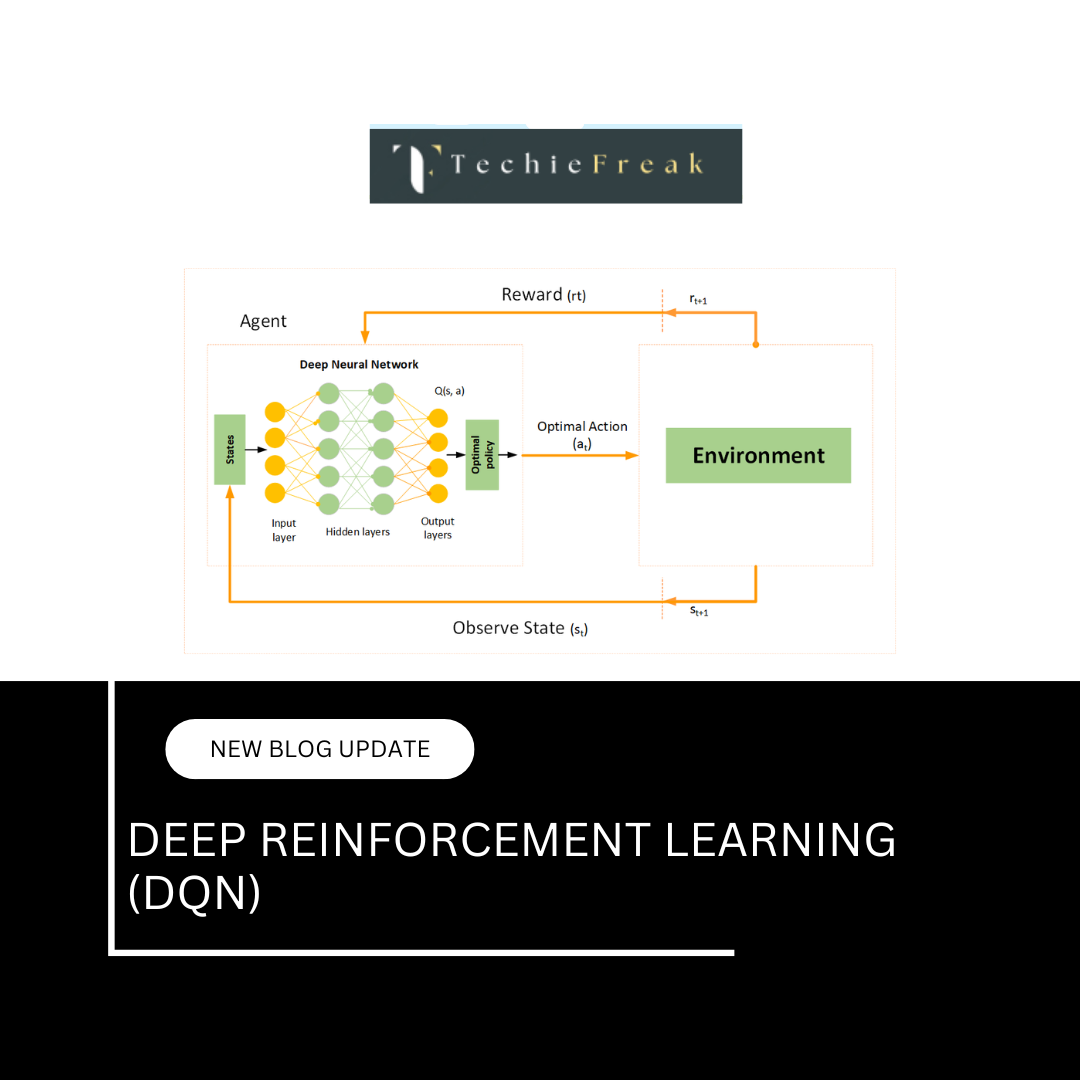
.png)
.png)
.png)
.png)
.png)

.png)

